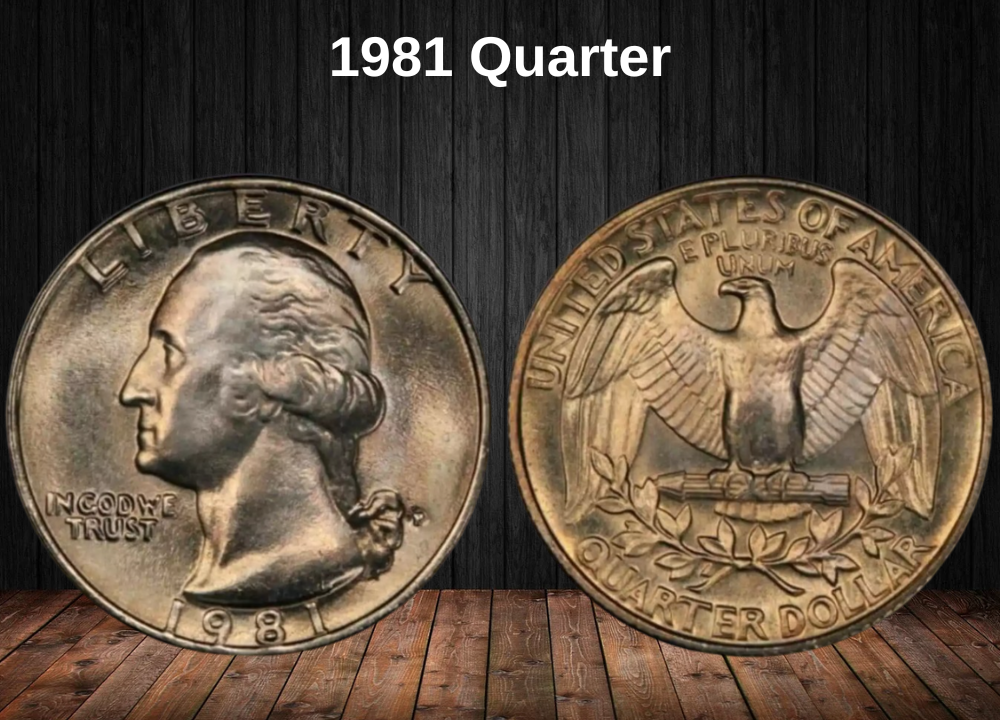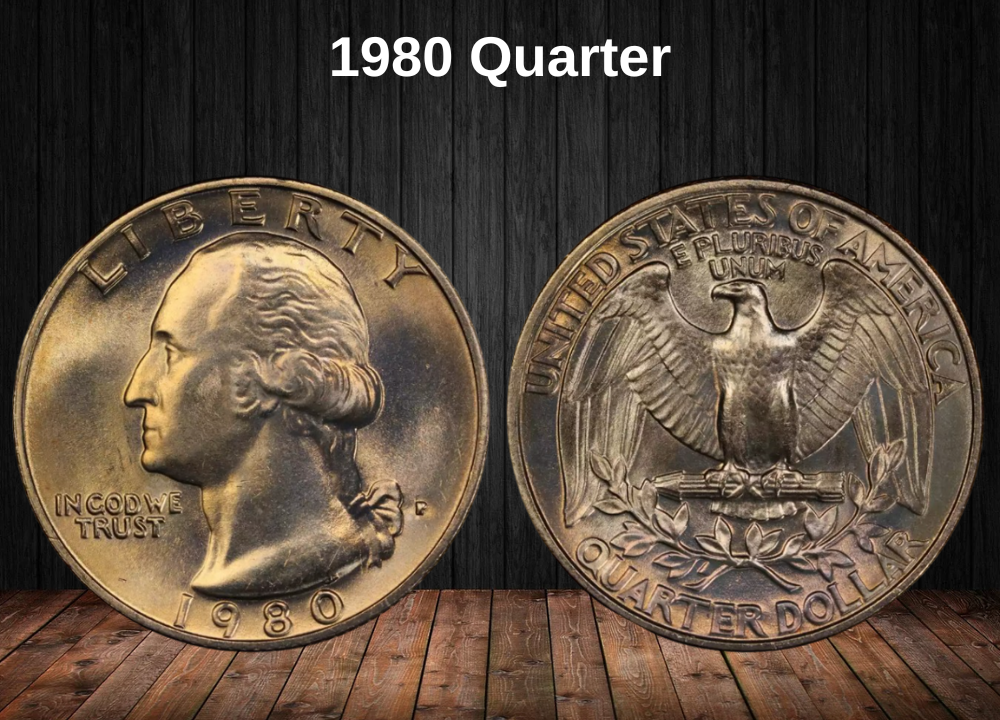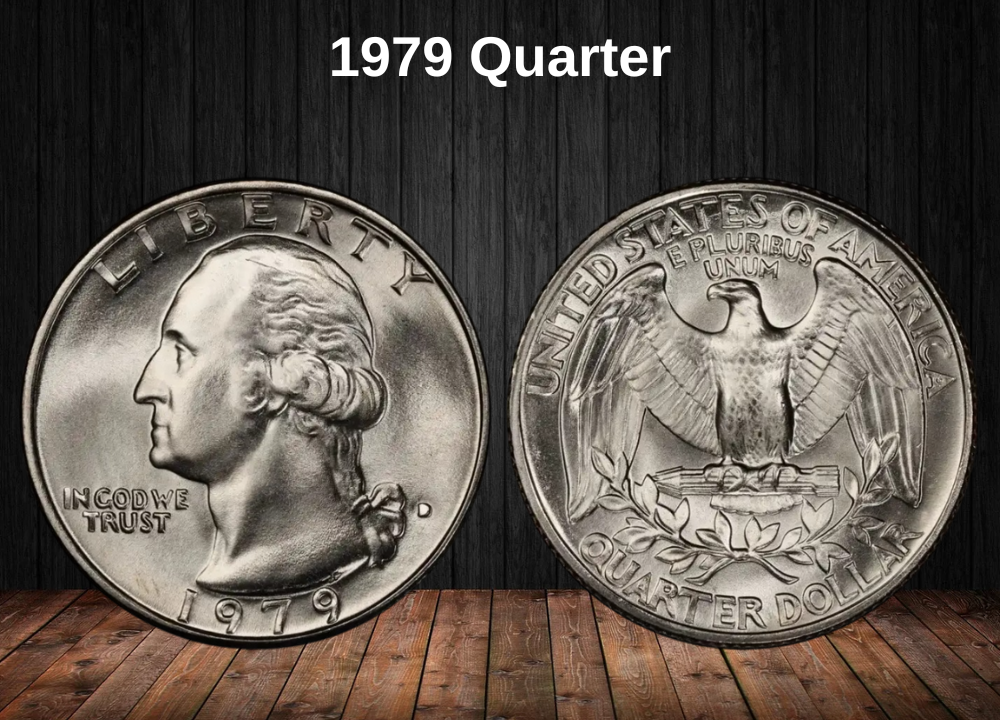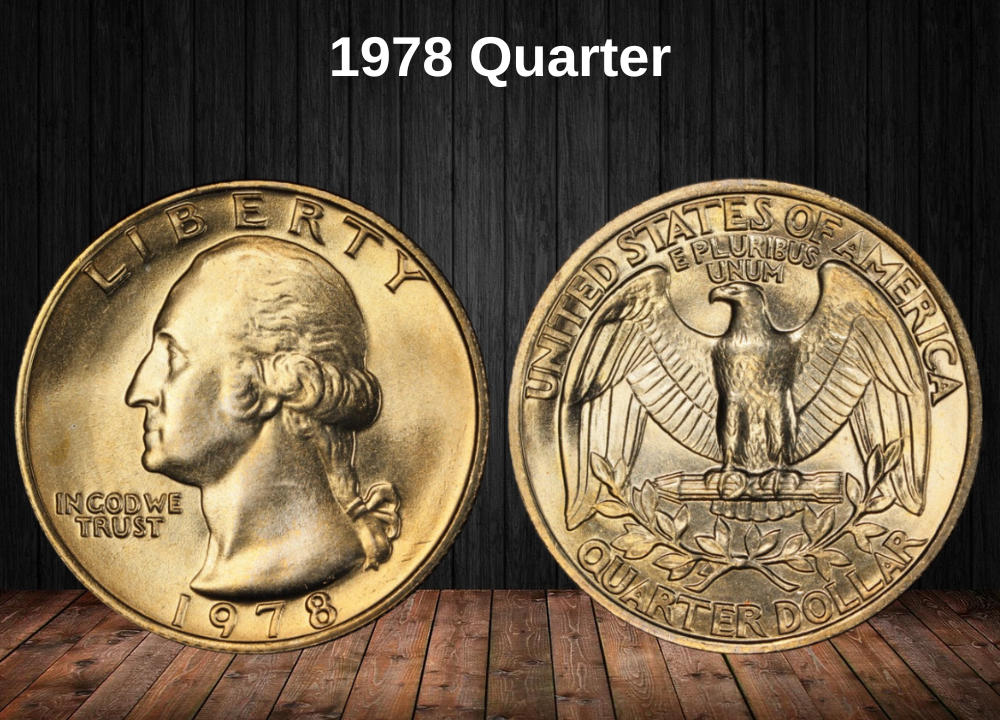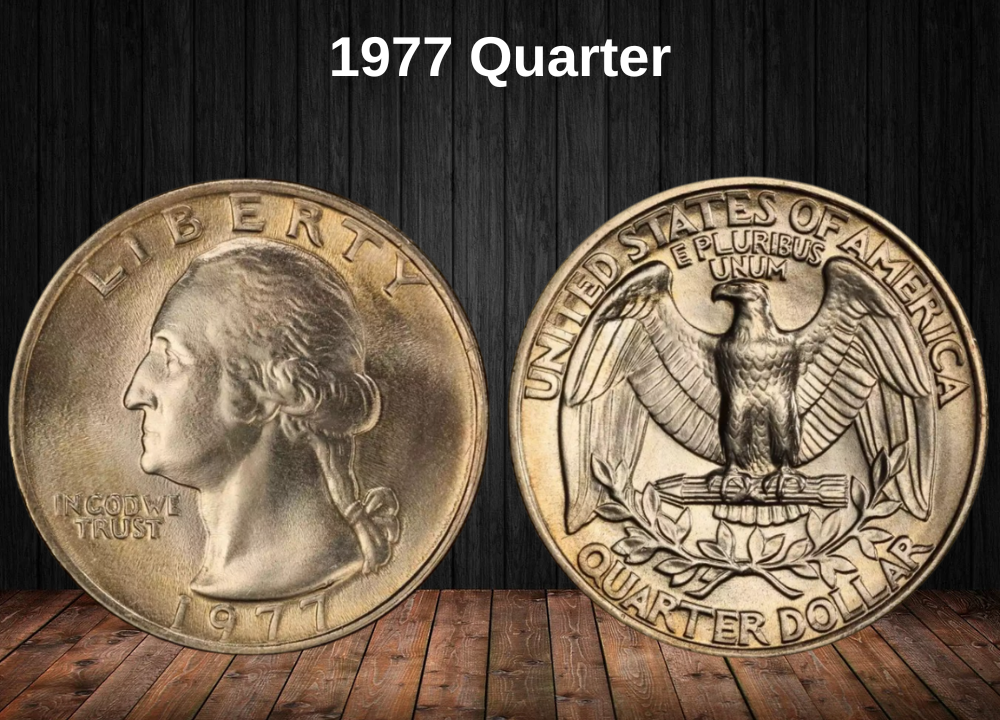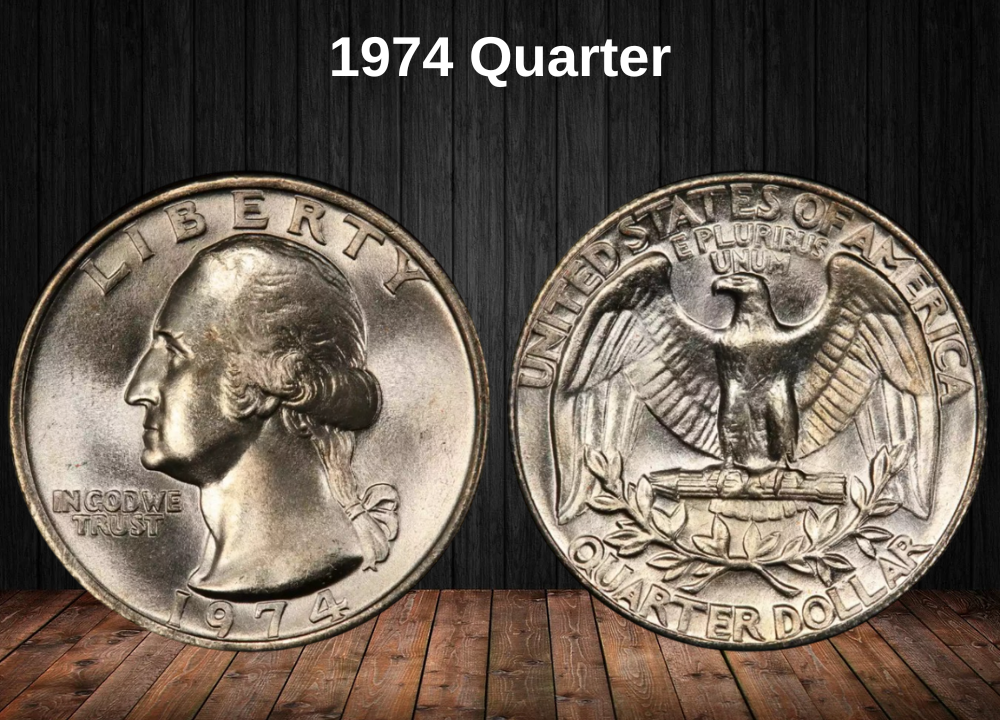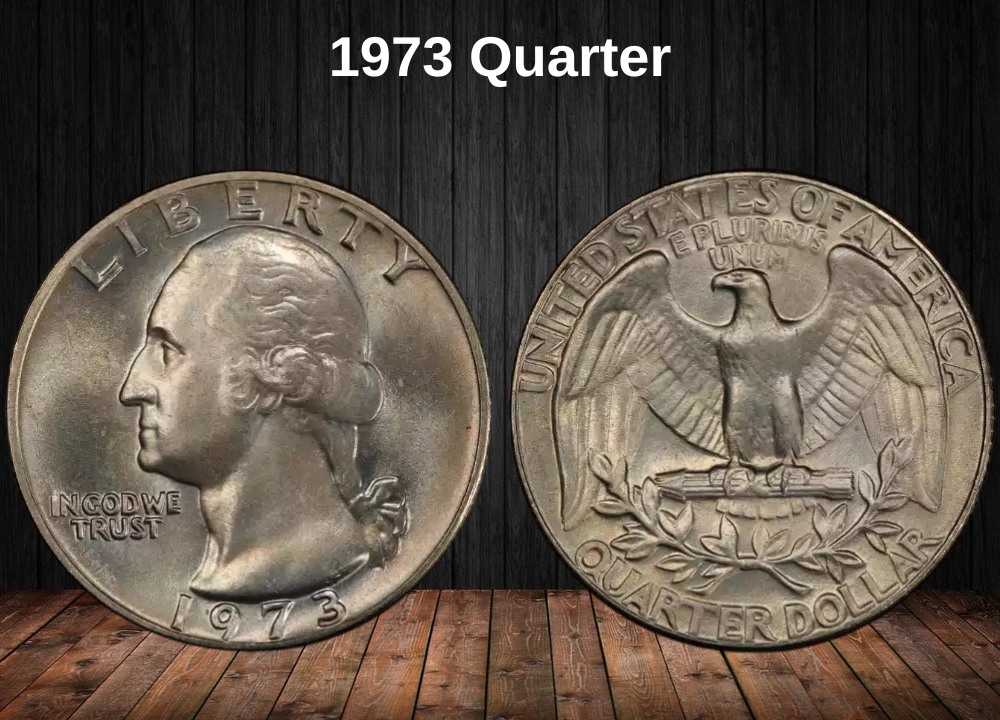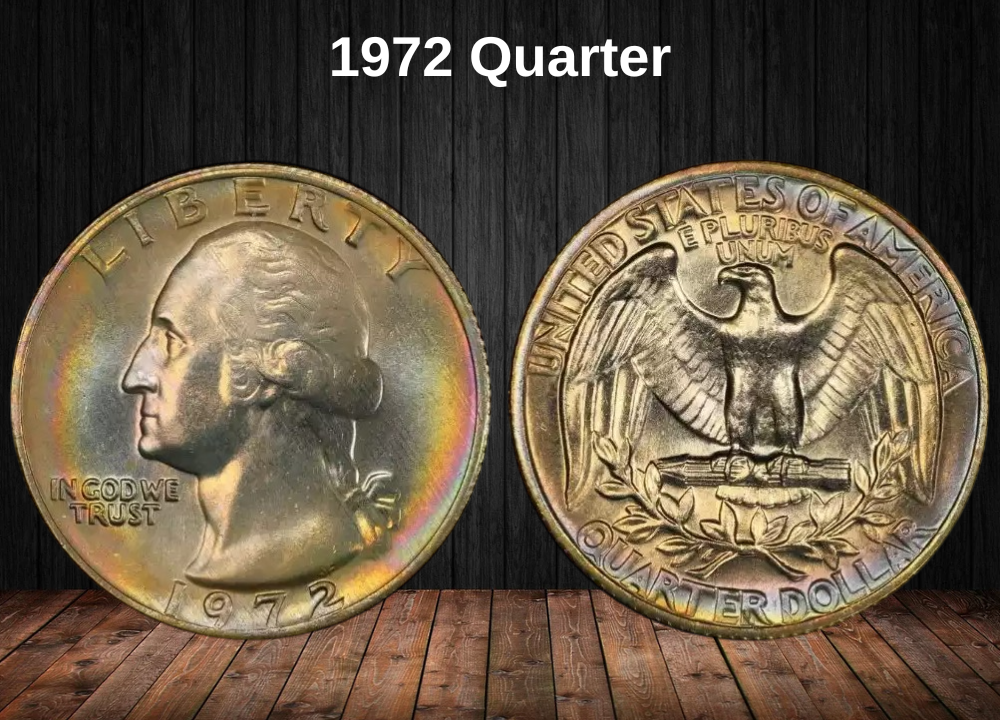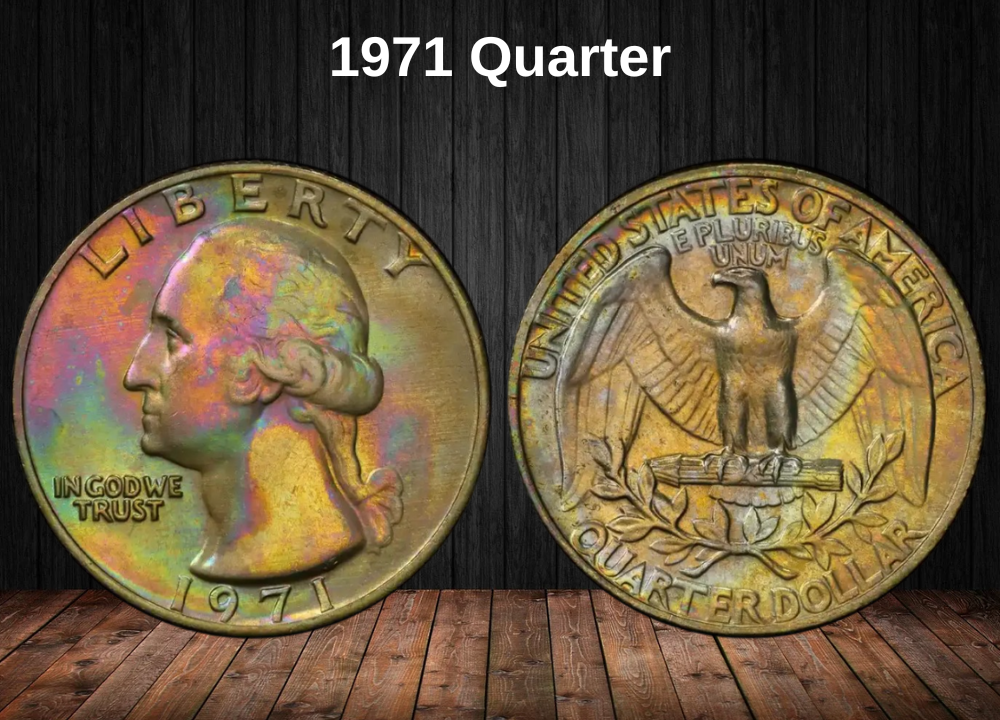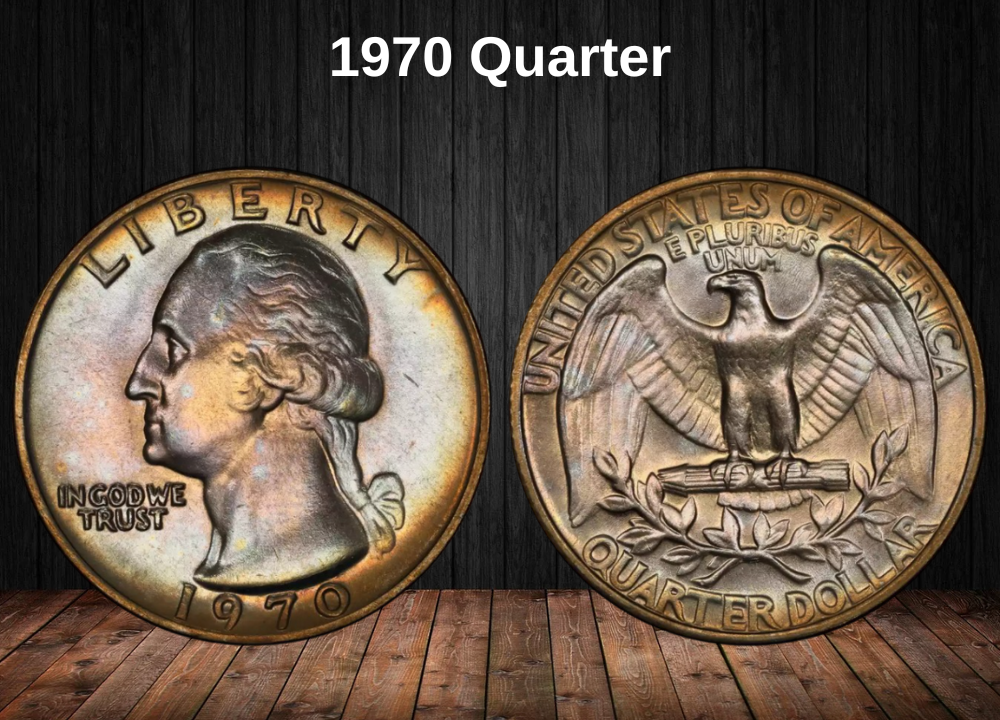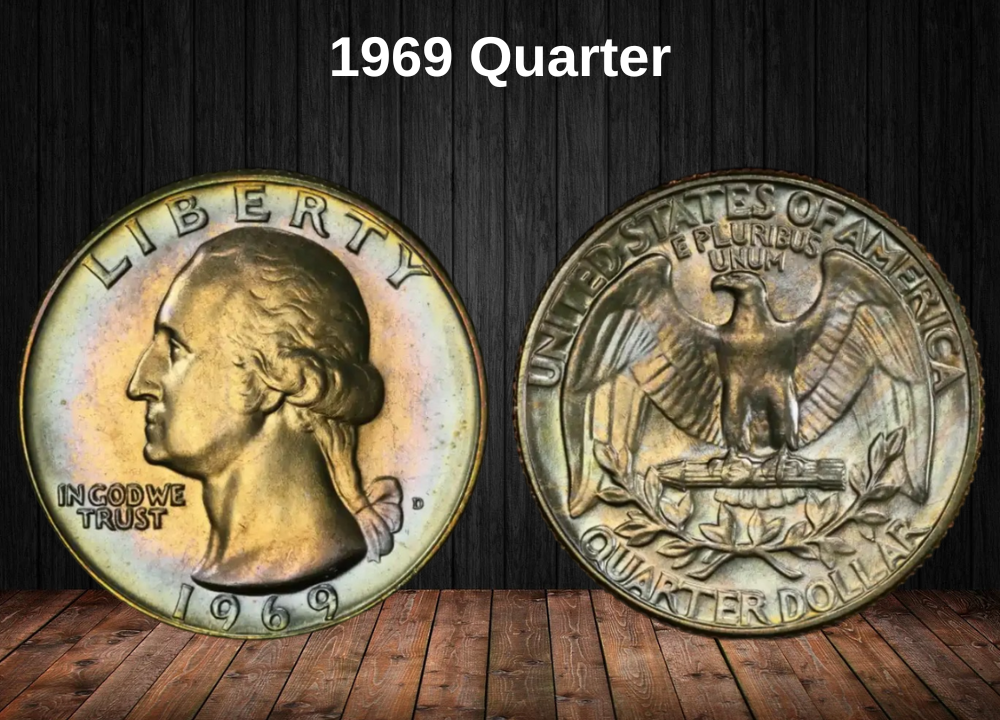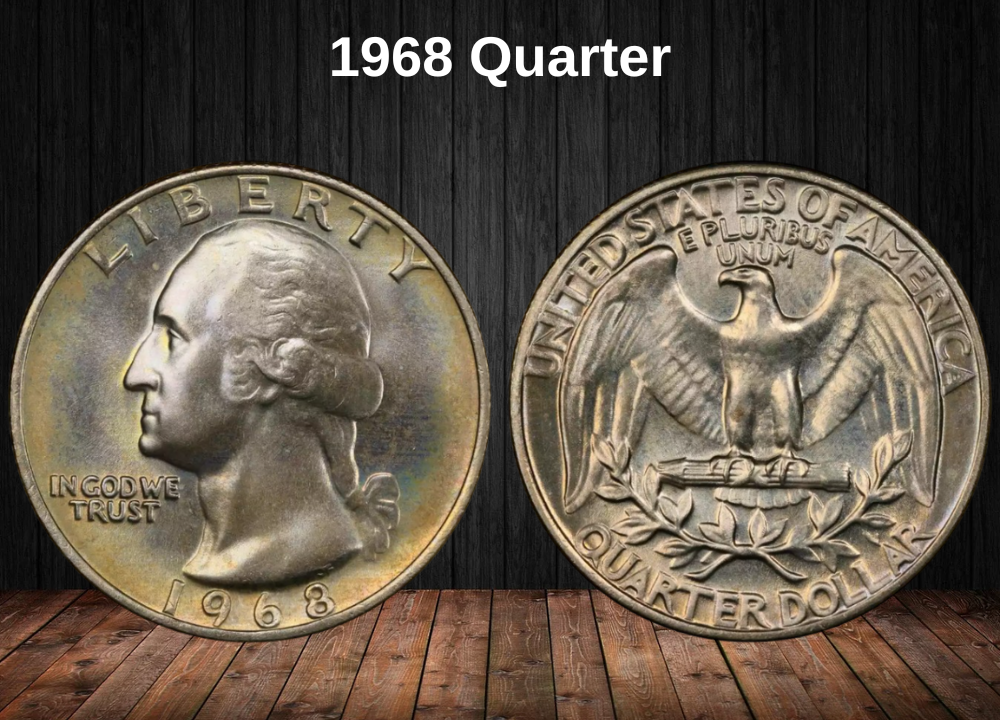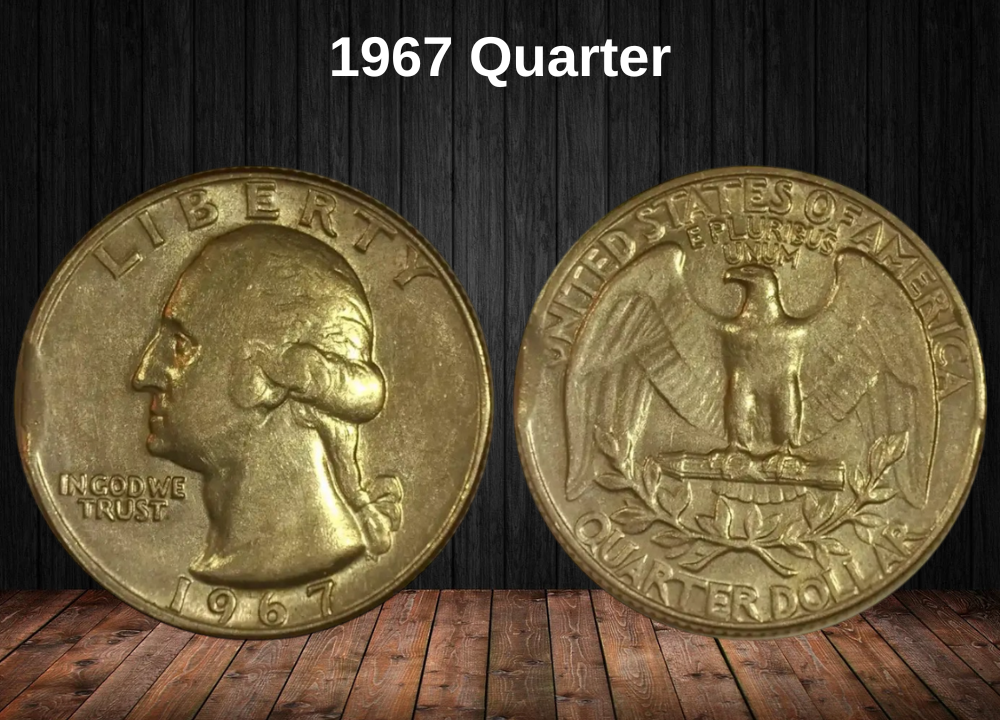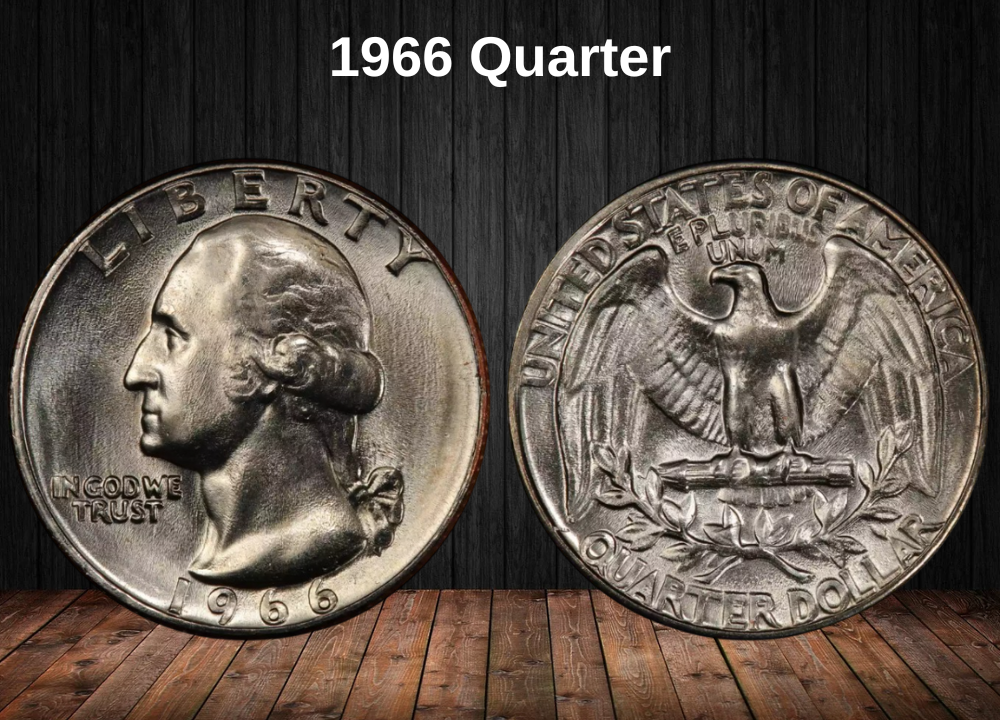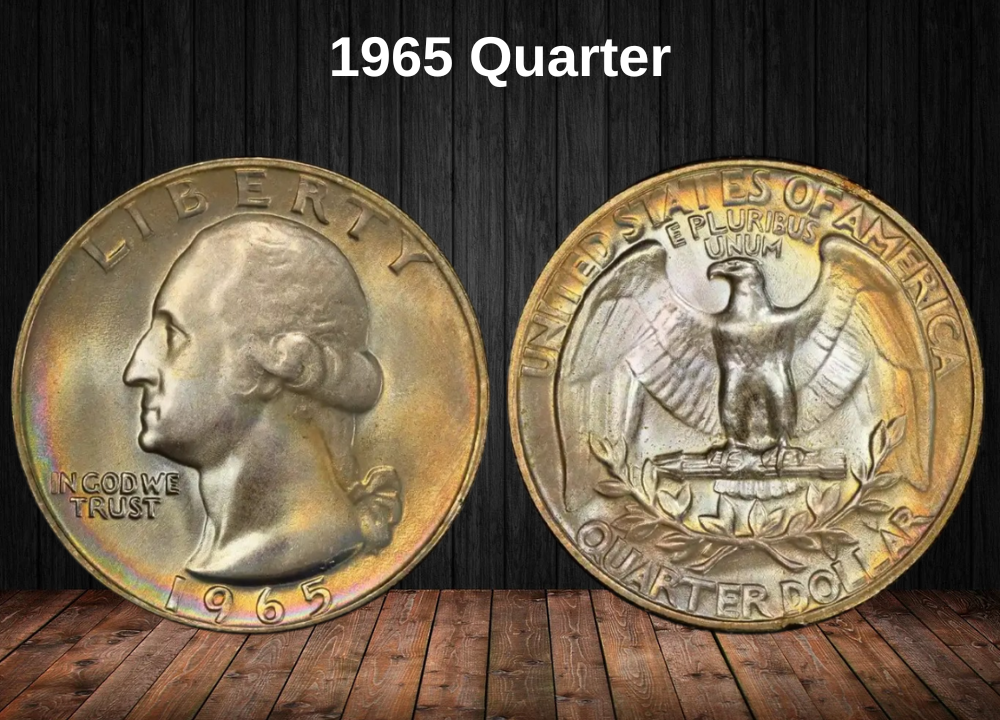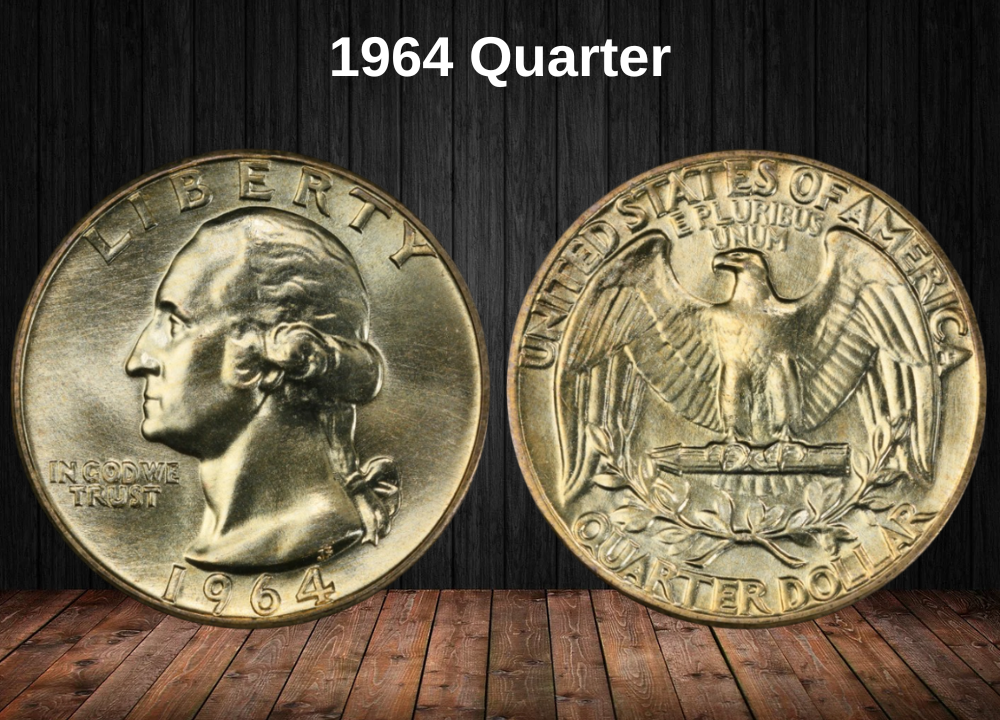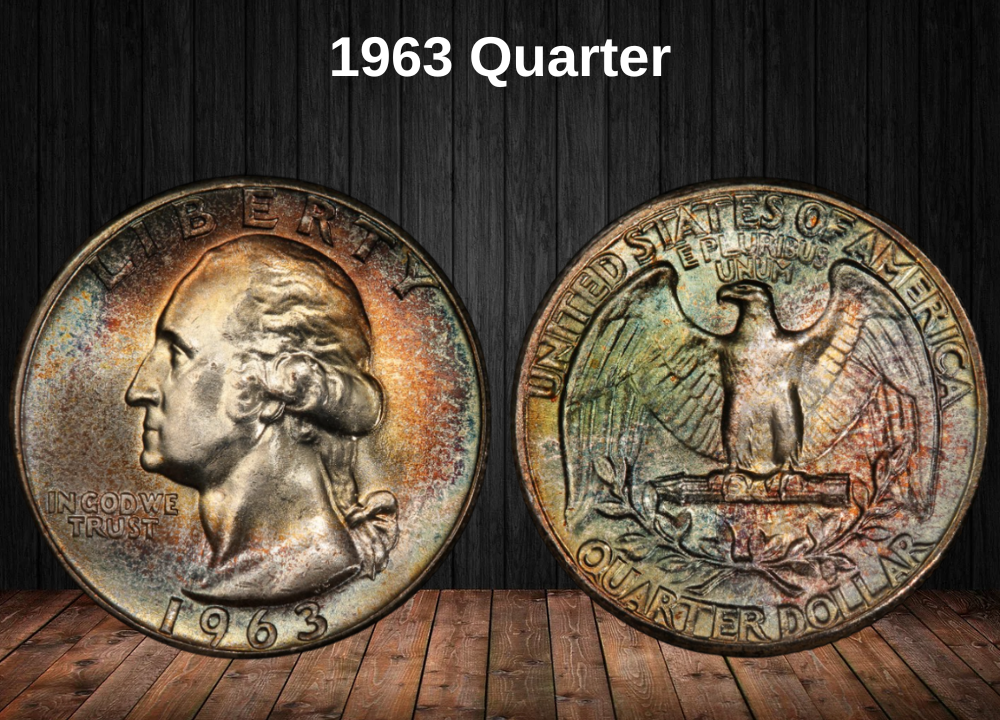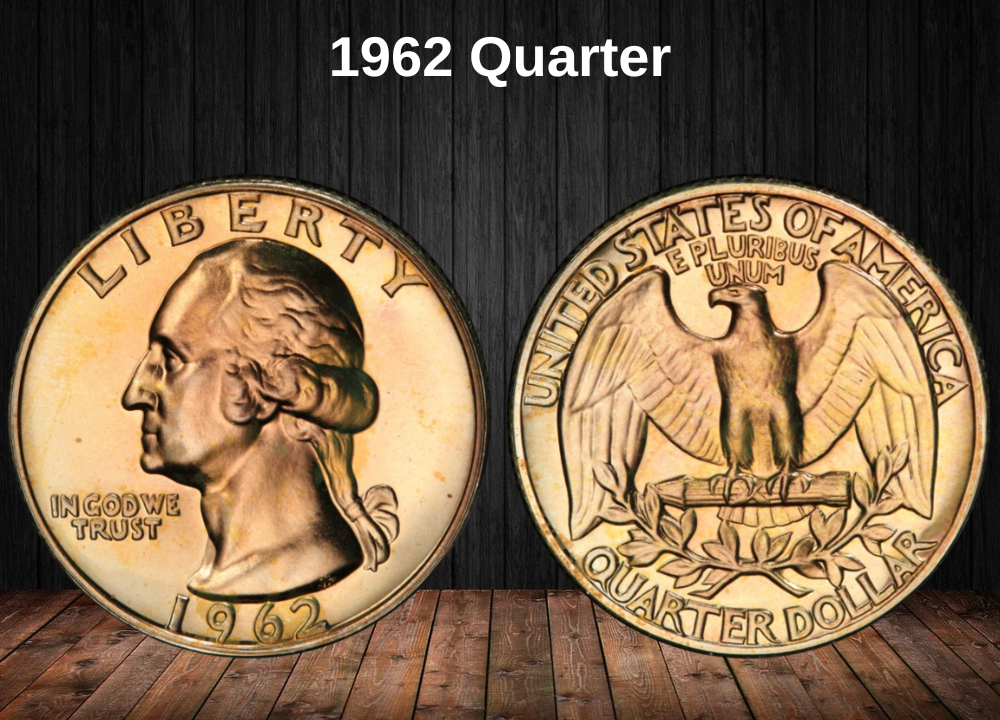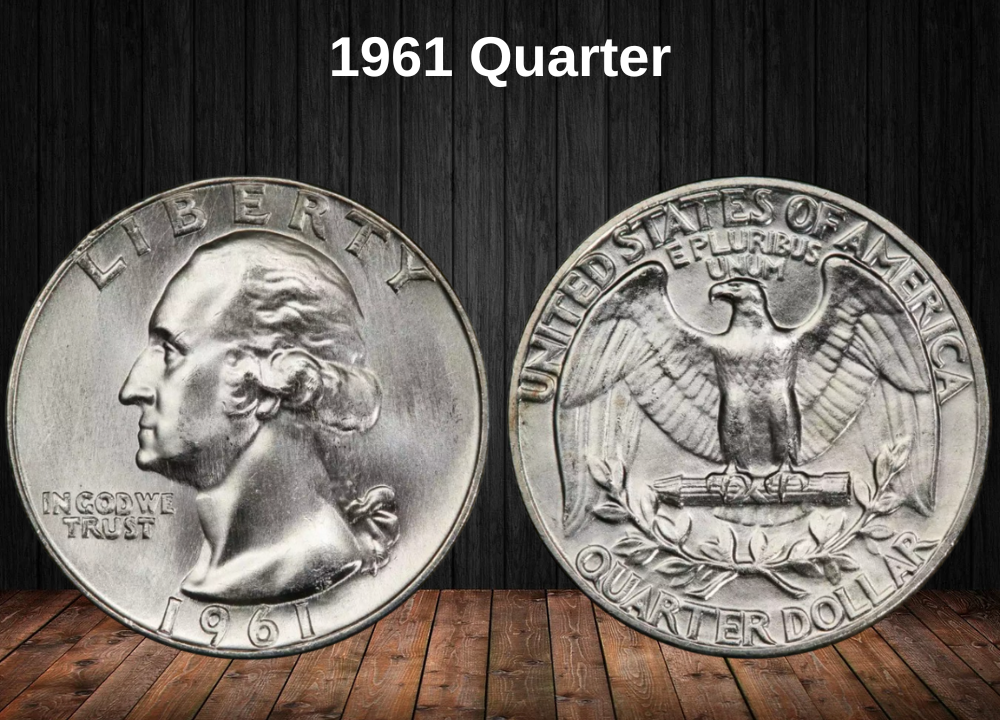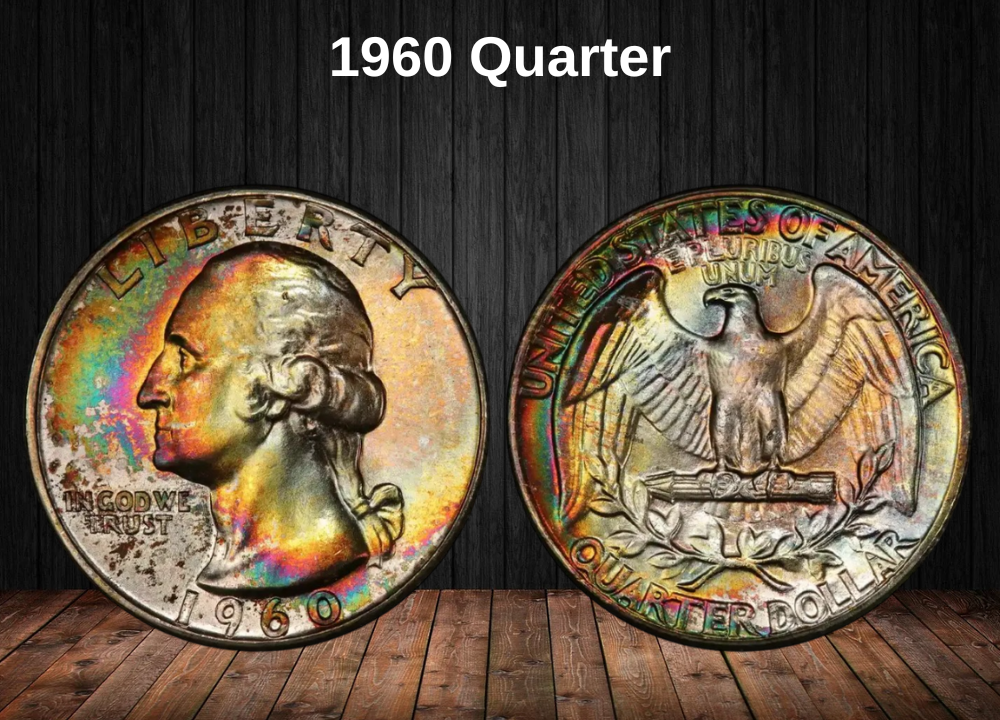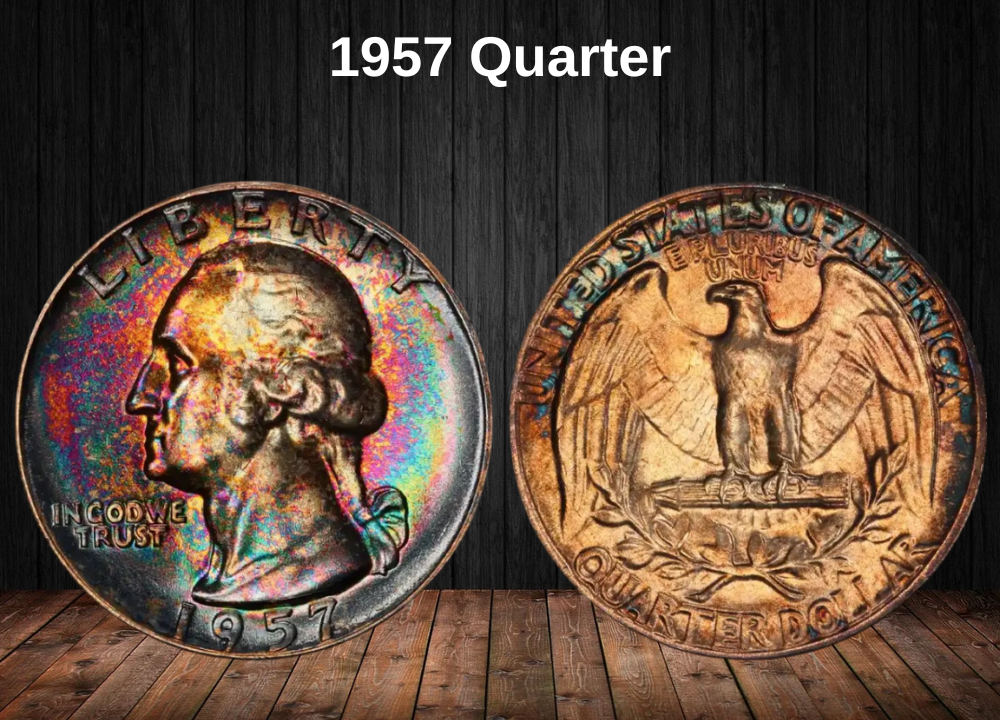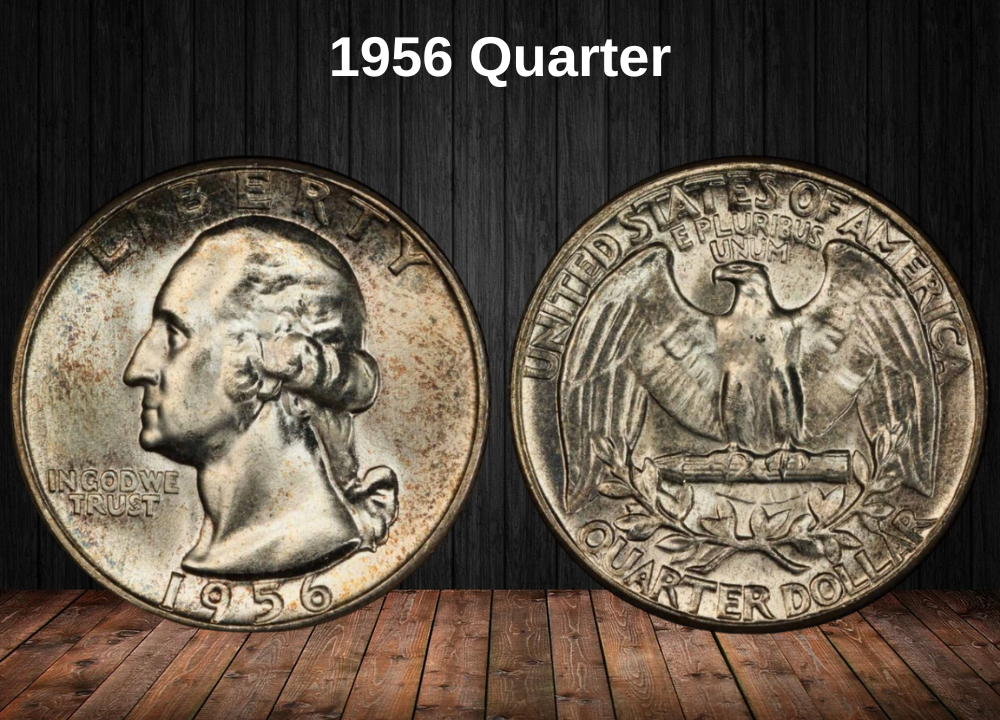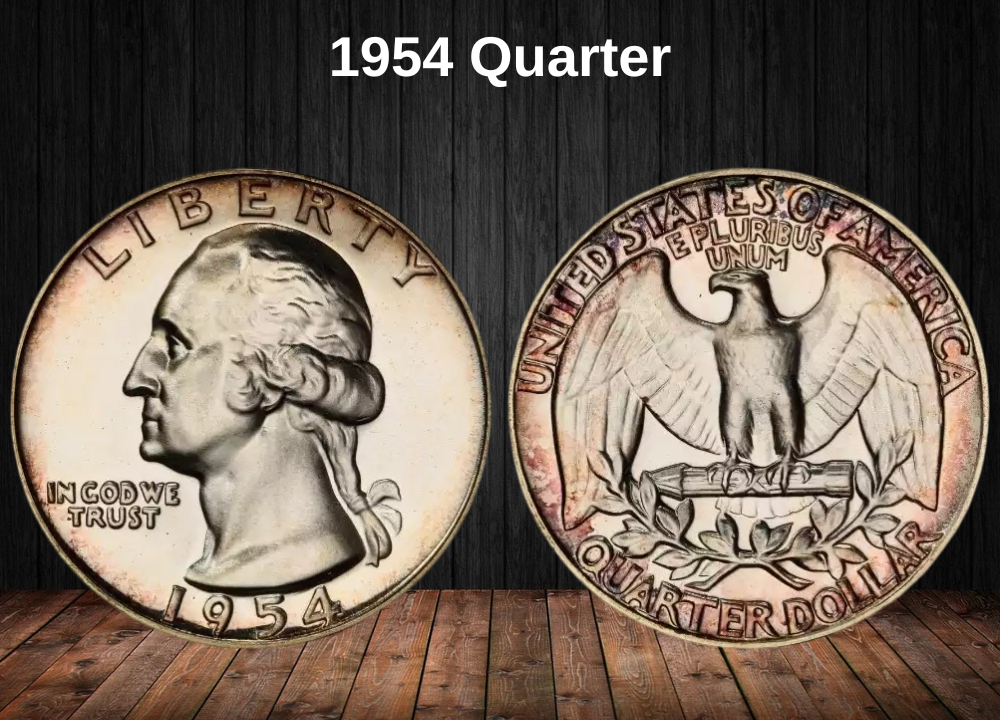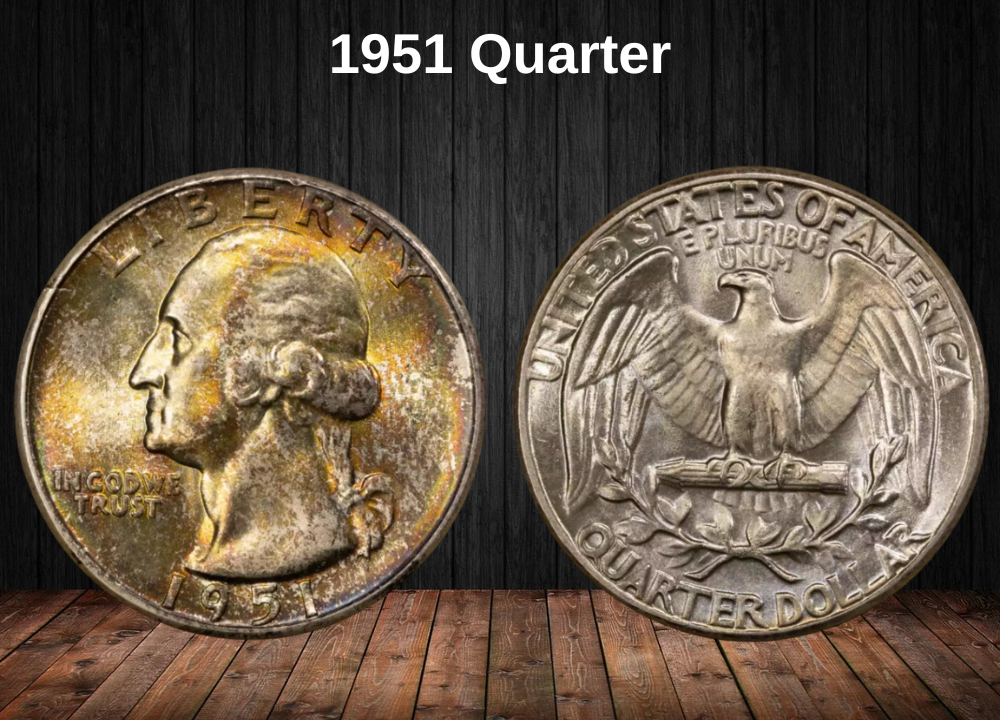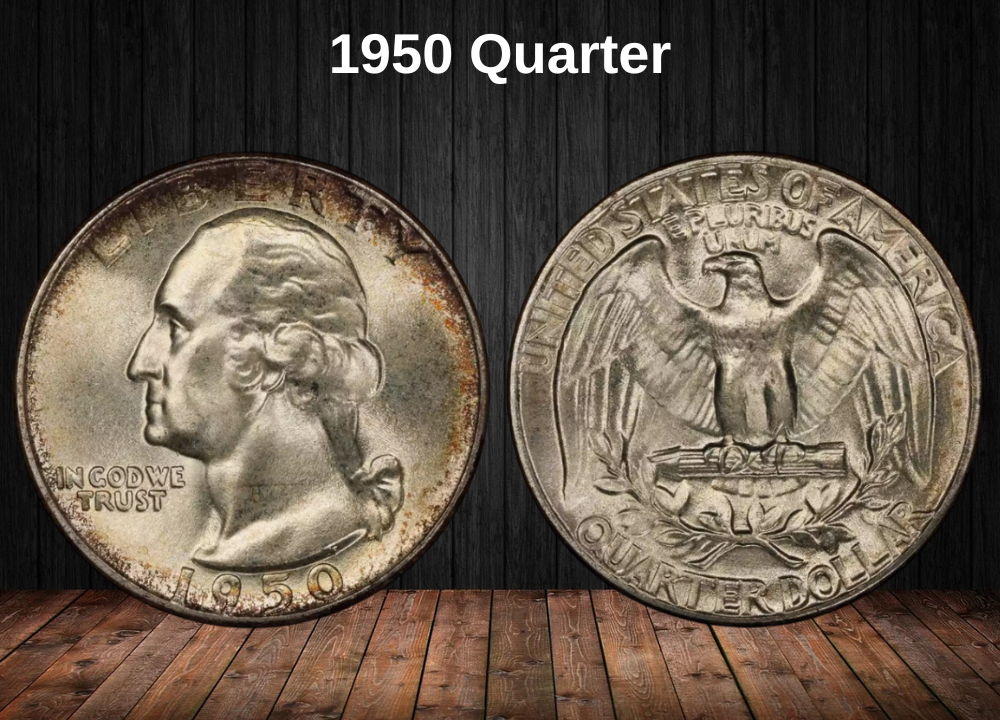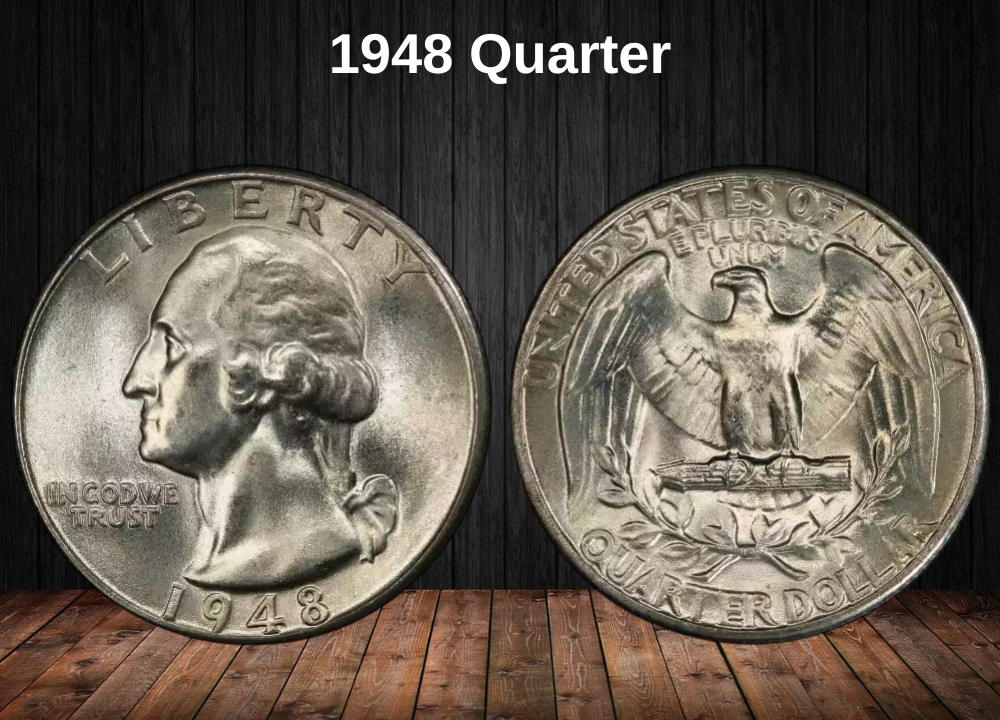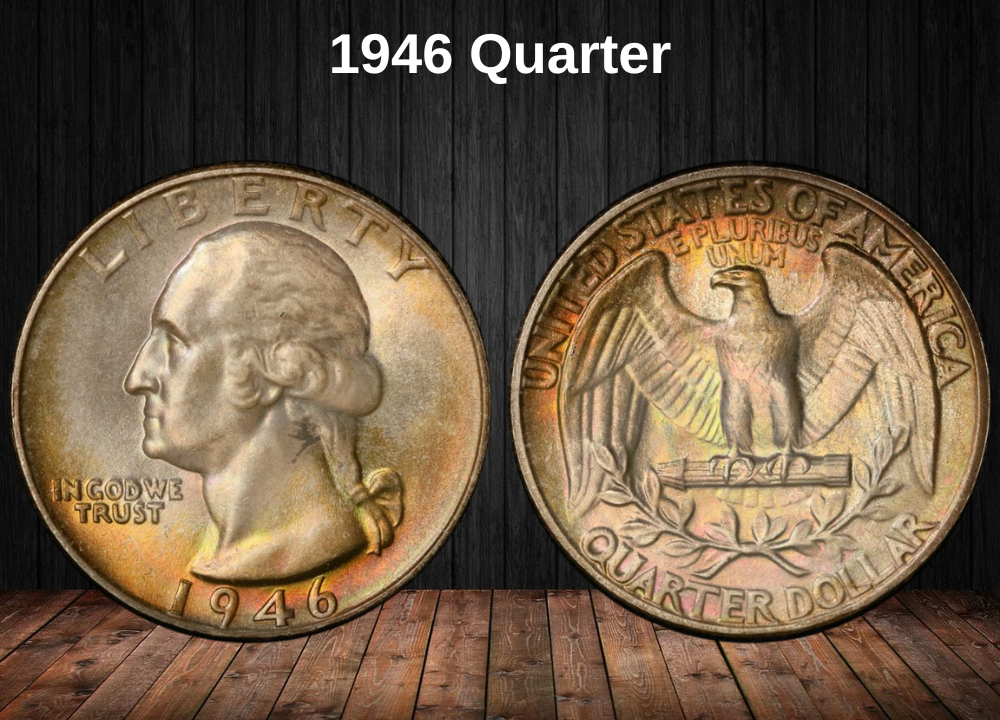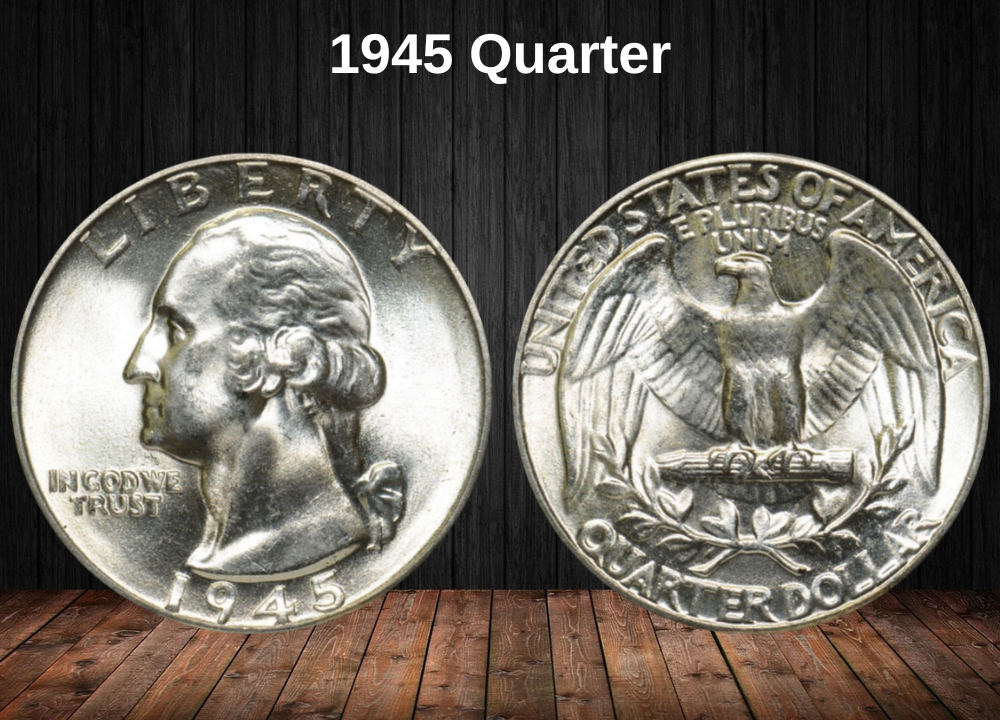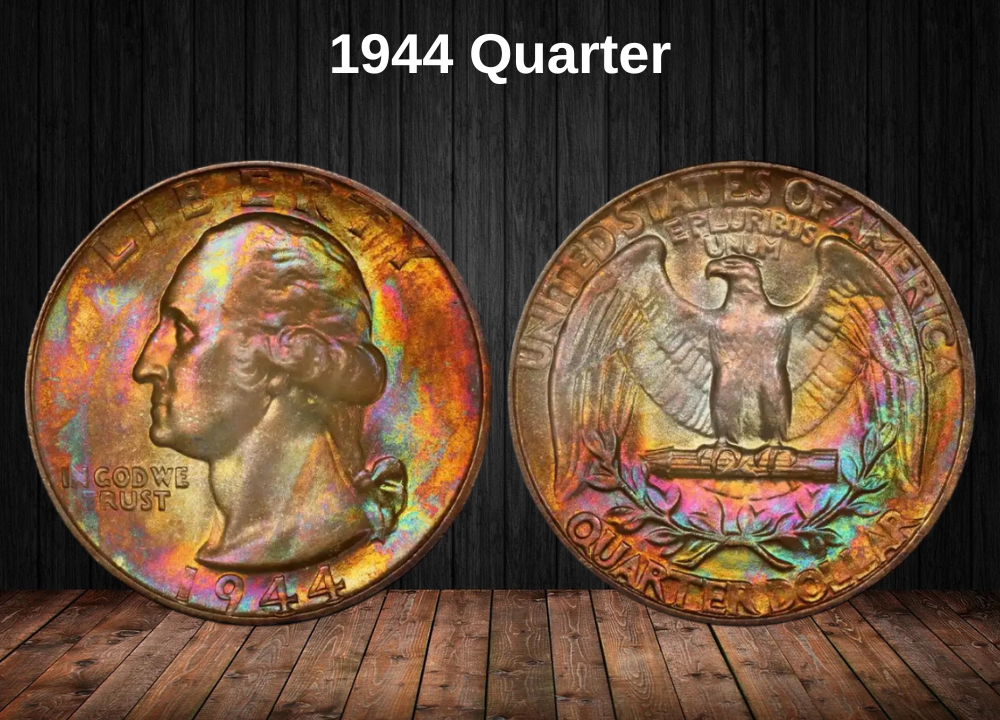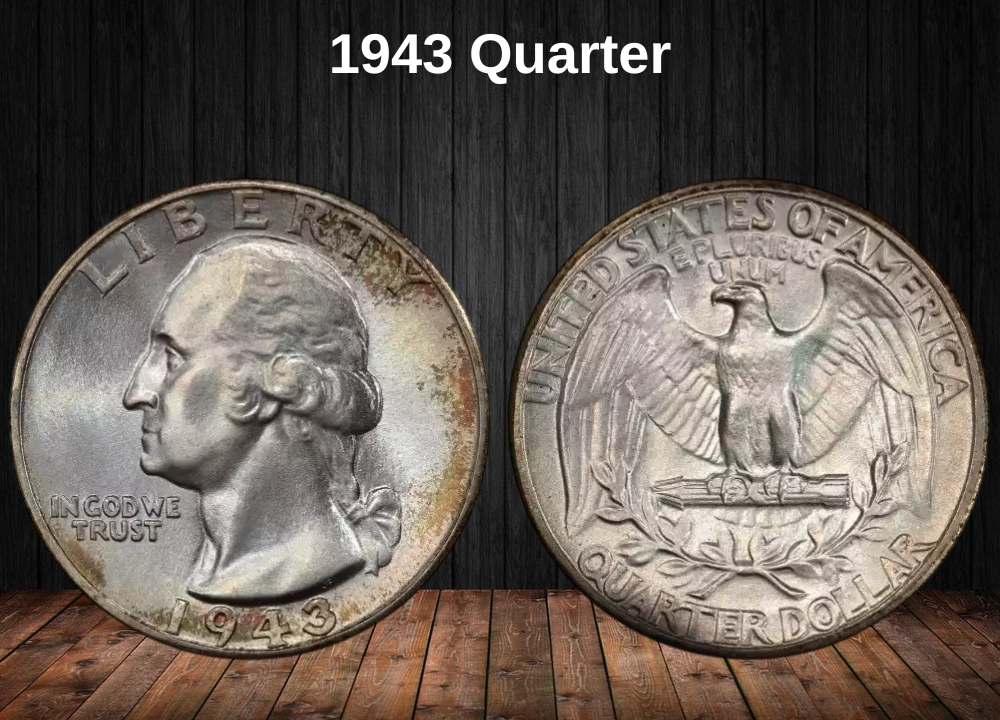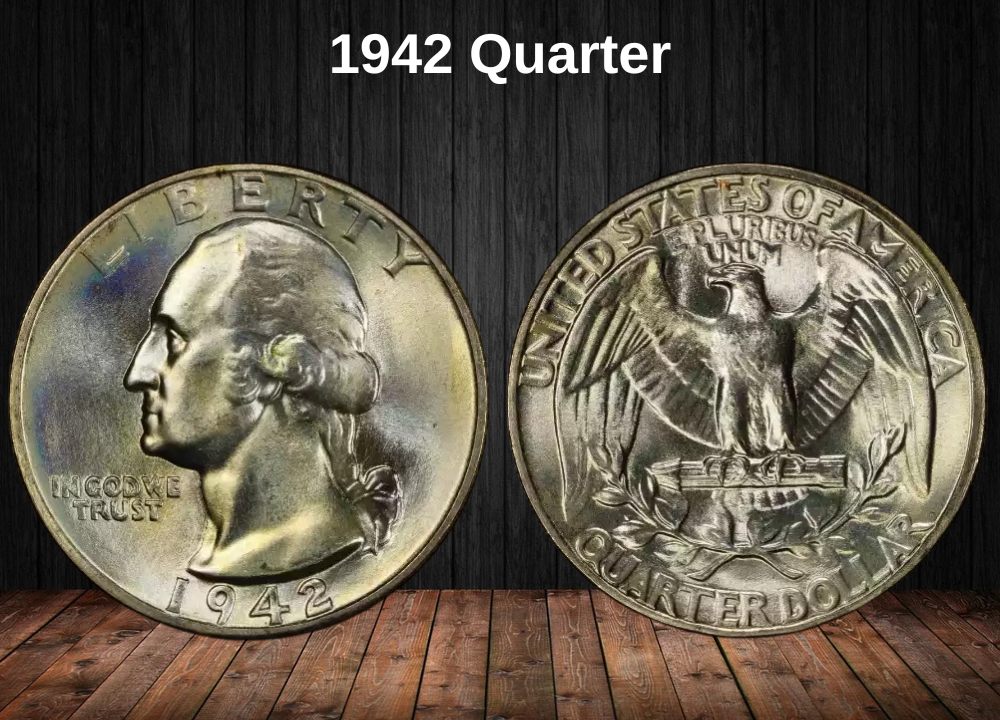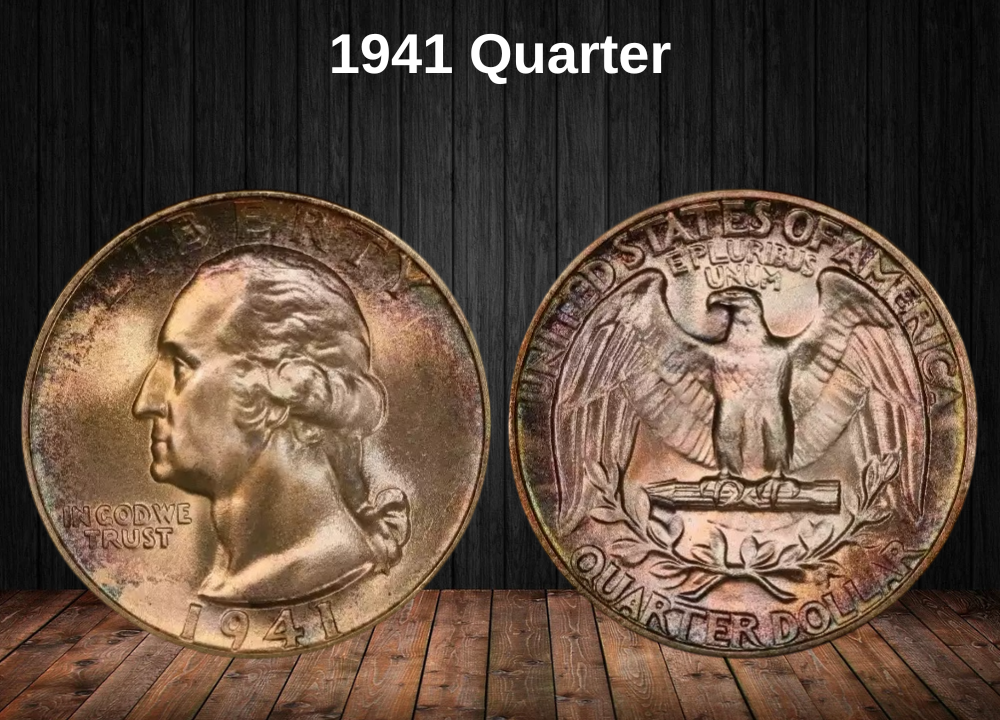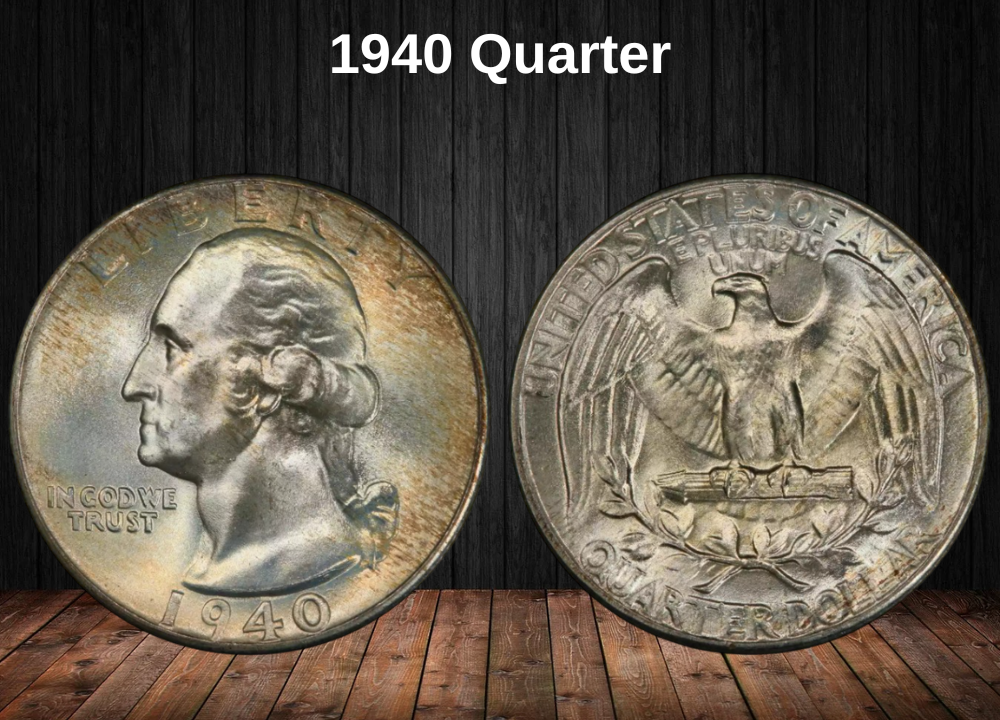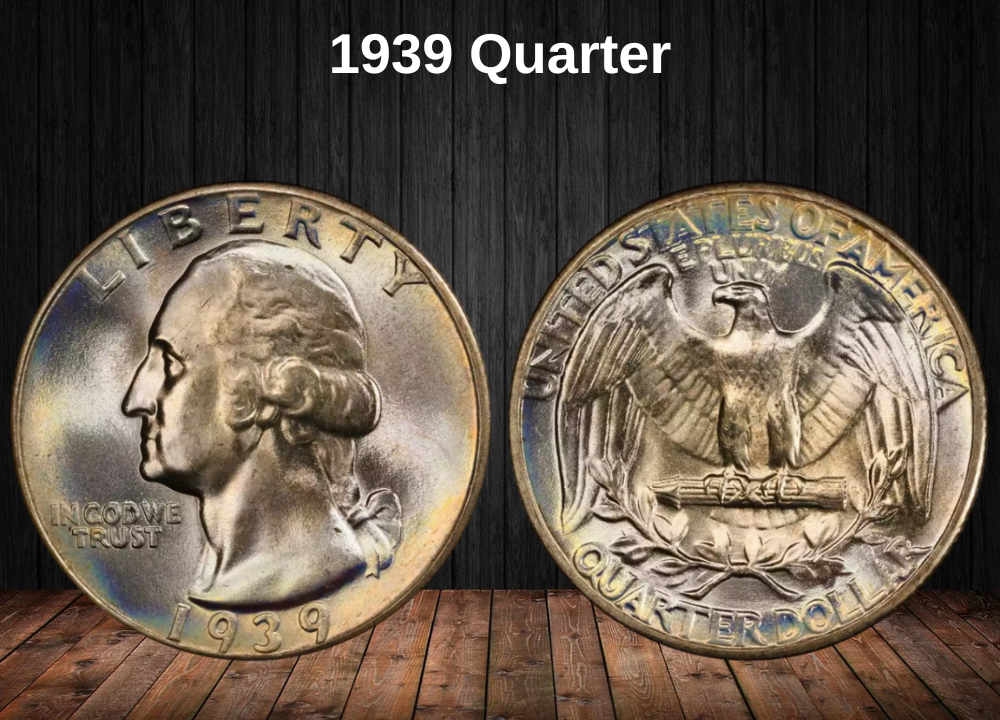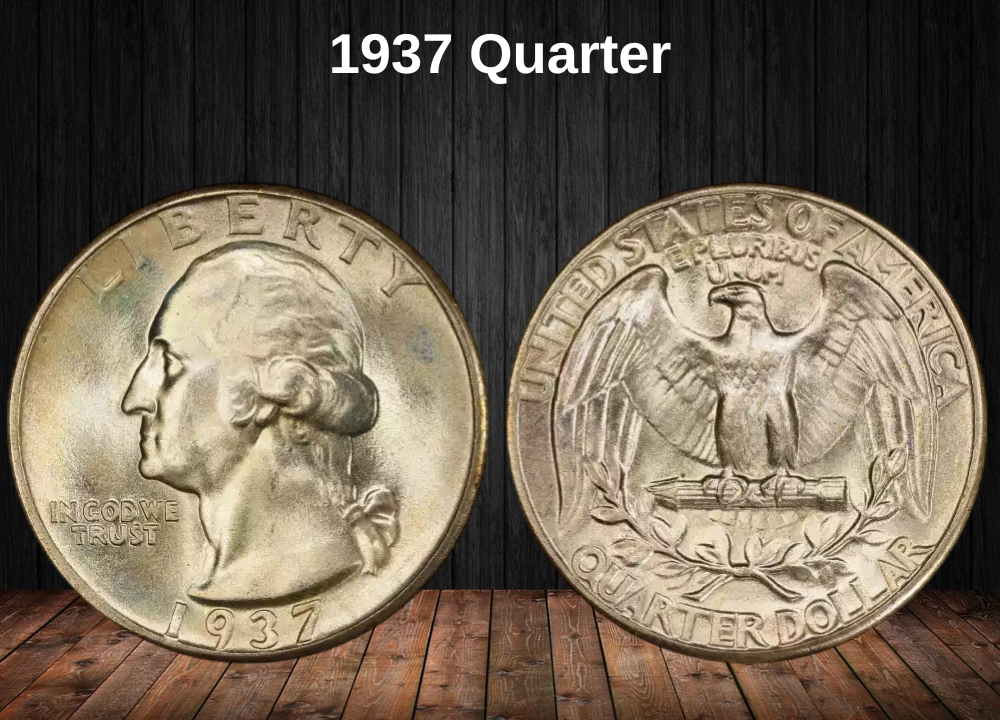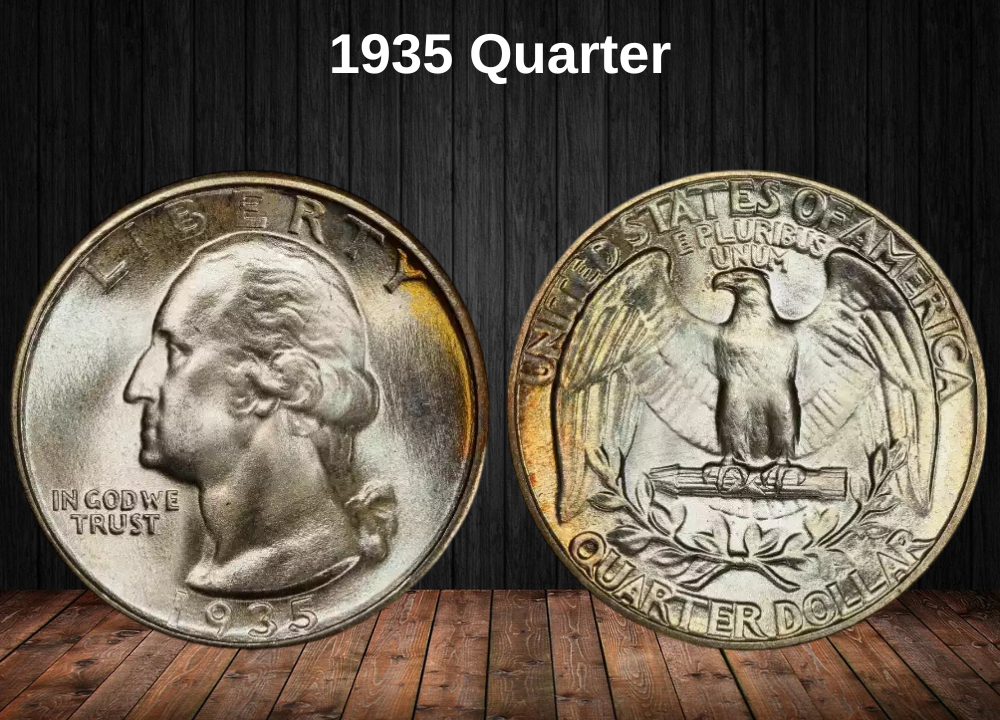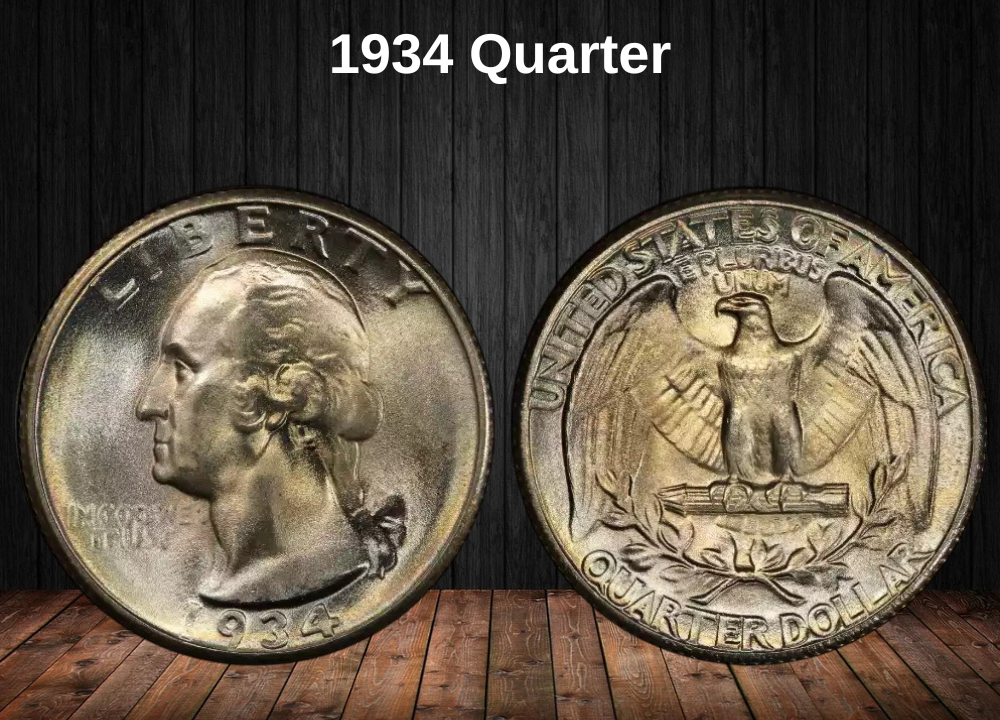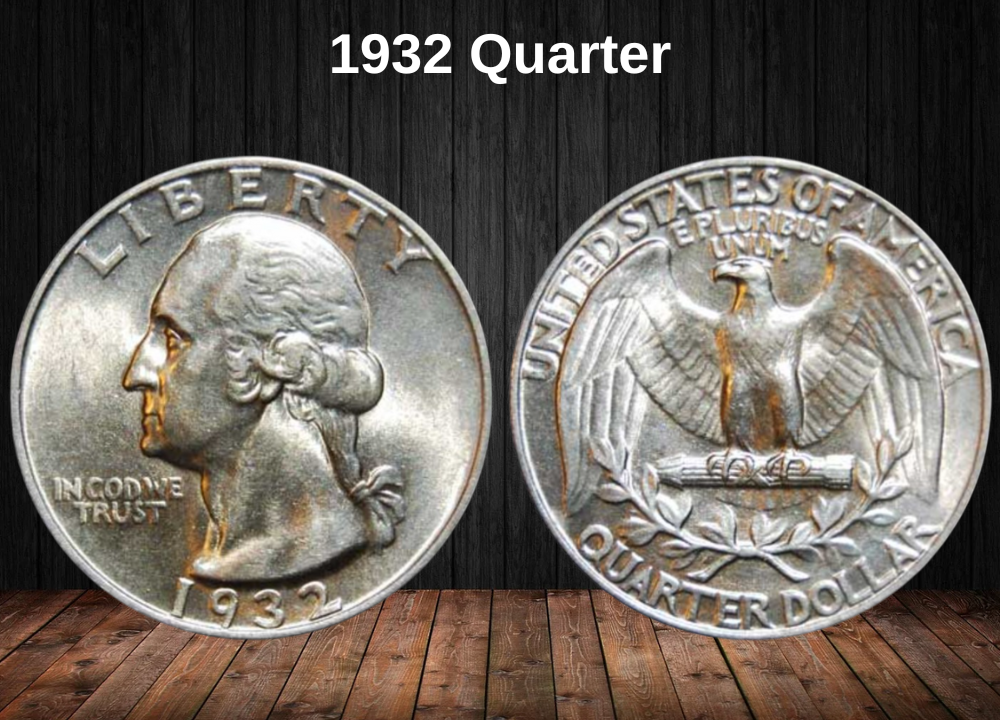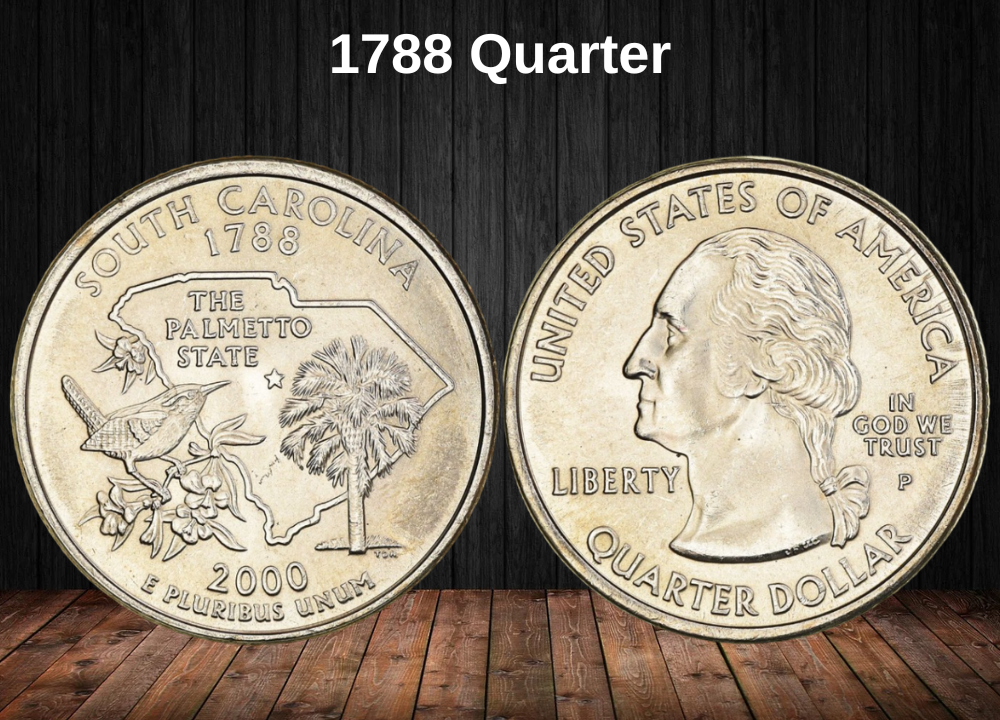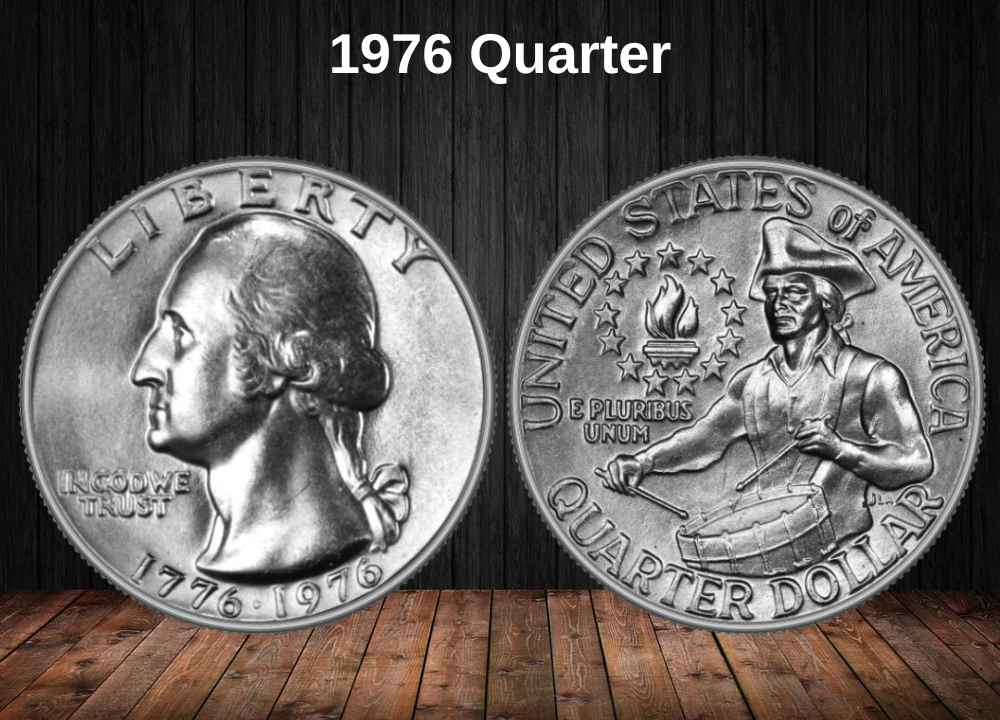The 1958 Washington Quarter stands out as one of the most fascinating coins of the series, sparking a collector frenzy that defined an era of speculative hoarding.
When news broke that Philadelphia struck only 6.36 million quarters—an 86% drop from the record 1957 mintage—collectors and dealers scrambled to stockpile rolls and bags.
One of the most famous events came in 1965 when Illinois dealer Ray Kotansky offered BU bags for $6,100, fueling speculation that these coins would become the next great rarity. As a result, thousands of rolls ended up in long-term hoards.
Ironically, this massive hoarding changed the market forever. While the Philadelphia issue is objectively scarcer, today its MS values often lag behind the more common Denver issue because of oversupply in high grades. This shows how collector psychology can sometimes outweigh traditional rarity in determining market value.
The proof issues tell a completely different story. Regular proofs are widely available, but Cameo and especially Deep Cameo (DCAM) examples have become coveted condition rarities. With their sharp frost and mirror fields, 1958 DCAMs can bring nearly $300 at auction.
1958 Quarter Value By Variety
The table below summarizes 1958 quarter values by variety and grade range.
1958 Quarter Value Chart
| Type | Good | Fine | AU | MS | PR |
|---|---|---|---|---|---|
| 1958 No Mint Mark Quarter Value | $6.00 | $6.17 | $7.00 | $20.17 | — |
| 1958-D Quarter Value | $6.00 | $6.17 | $7.00 | $22.50 | — |
| 1958 Proof Quarter Value | — | — | — | — | $22.75 |
| 1958 CAM Quarter Value | — | — | — | — | $55.50 |
| 1958 DCAM Quarter Value | — | — | — | — | $280.62 |
History of the 1958 Quarter
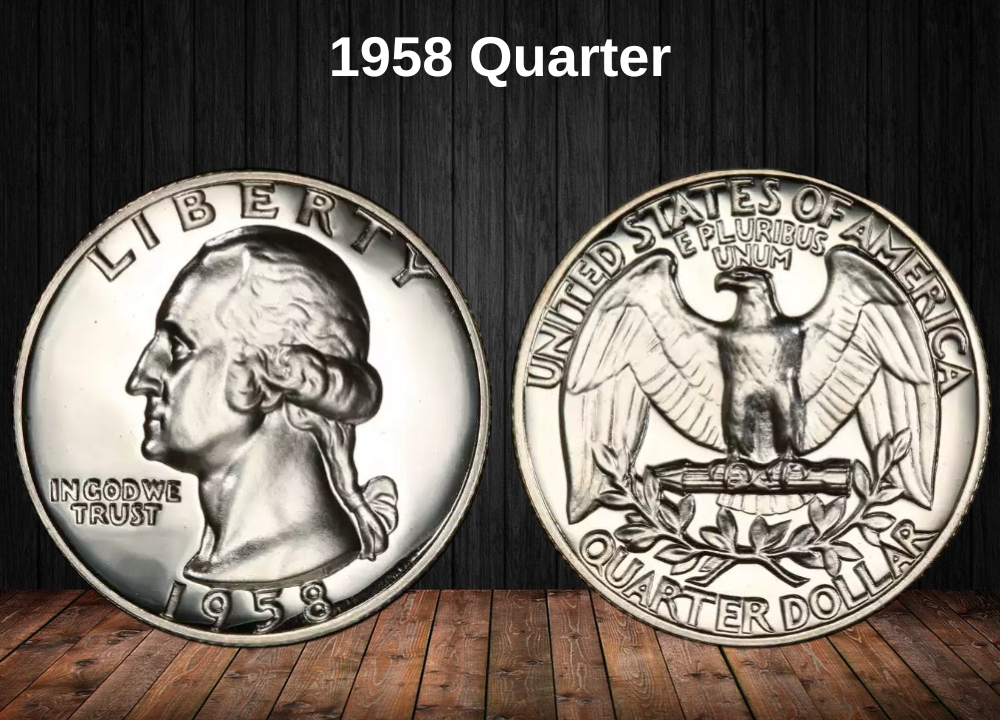
The 1958 Washington Quarter continued a tradition that began over two decades earlier in 1932, when the series was first introduced to commemorate the 200th anniversary of George Washington’s birth. The design, created by John Flanagan, quickly became a permanent fixture in American coinage.
Like its predecessors, the 1958 quarter was struck from a composition of 90% silver and 10% copper, a standard that defined U.S. quarters until 1965. Rising silver prices in the mid-1960s forced the U.S. Mint to transition to copper-based coins with a copper-nickel clad surface for circulation, though special silver proofs continued for collectors.
By 1958, the Washington quarter’s design remained unchanged, retaining its original obverse portrait of George Washington and the heraldic eagle reverse that had become symbolic of the series.
Two facilities struck business strikes in 1958: Philadelphia and Denver. The Philadelphia Mint produced coins without a mint mark, while the Denver Mint issues carried a “D” mint mark on the reverse, just below the olive branches. In addition, Philadelphia also struck proof coins specifically for collectors, a practice that further boosted the year’s numismatic appeal.
Today, the 1958 quarter holds historical importance as part of the final decade of silver coinage, a period that collectors treasure for both its intrinsic silver value and its connection to mid-20th-century American history.
Key Features of the 1958 Quarter
The 1958 Washington Quarter isn’t just another silver quarter—it carries distinct characteristics that set it apart within the series. Collectors who understand these details can more easily spot valuable varieties, grade their coins accurately, and avoid common mistakes when buying or selling.
The Obverse of the 1958 Quarter
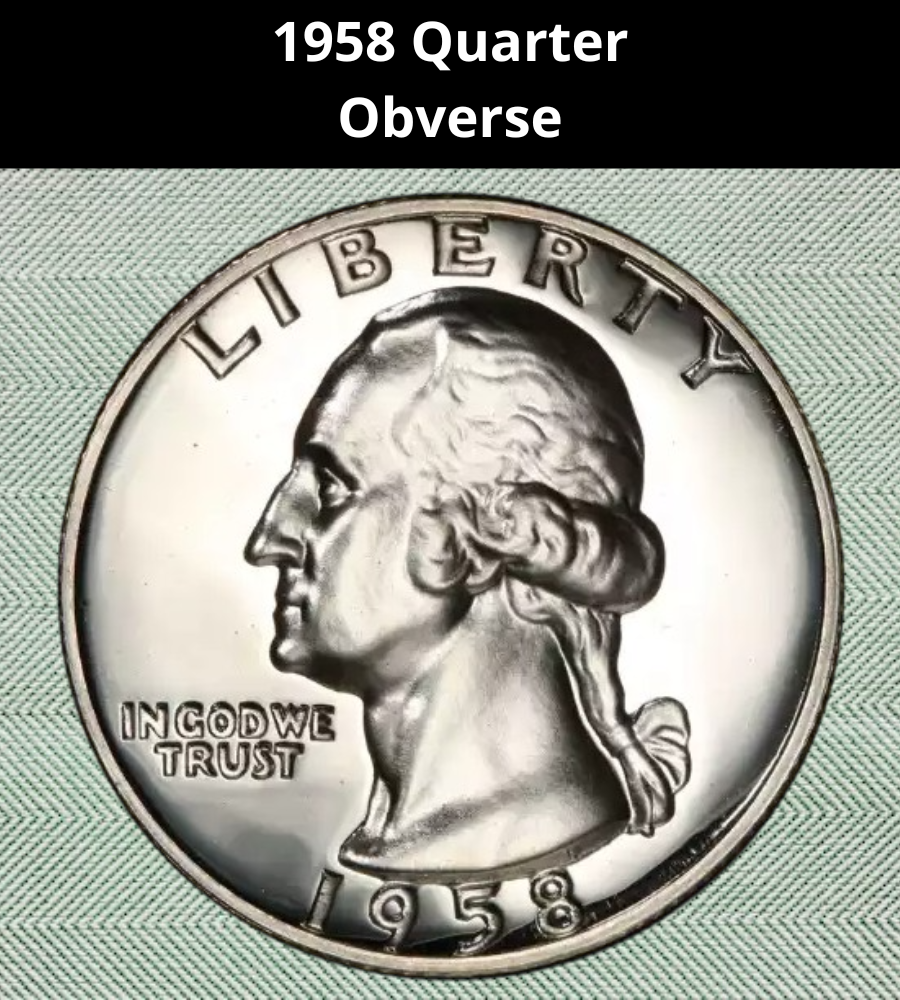
The obverse (“heads” side) features John Flanagan’s portrait of George Washington, first introduced in 1932. Washington faces left, with:
- LIBERTY arched boldly above his head.
- IN GOD WE TRUST placed to the left, just below his chin.
- 1958 positioned along the bottom rim beneath the bust.
- Flanagan’s initials JF engraved discreetly at the neckline cut-off.
This design was not the first choice of the Bicentennial Committee, which had originally favored Laura Gardin Fraser’s portrait. However, Treasury Secretary Andrew Mellon chose Flanagan’s design, a decision later reaffirmed by his successor Ogden Mills. Despite controversy, Flanagan’s obverse went on to define nearly a century of U.S. quarters.
The Reverse of the 1958 Quarter
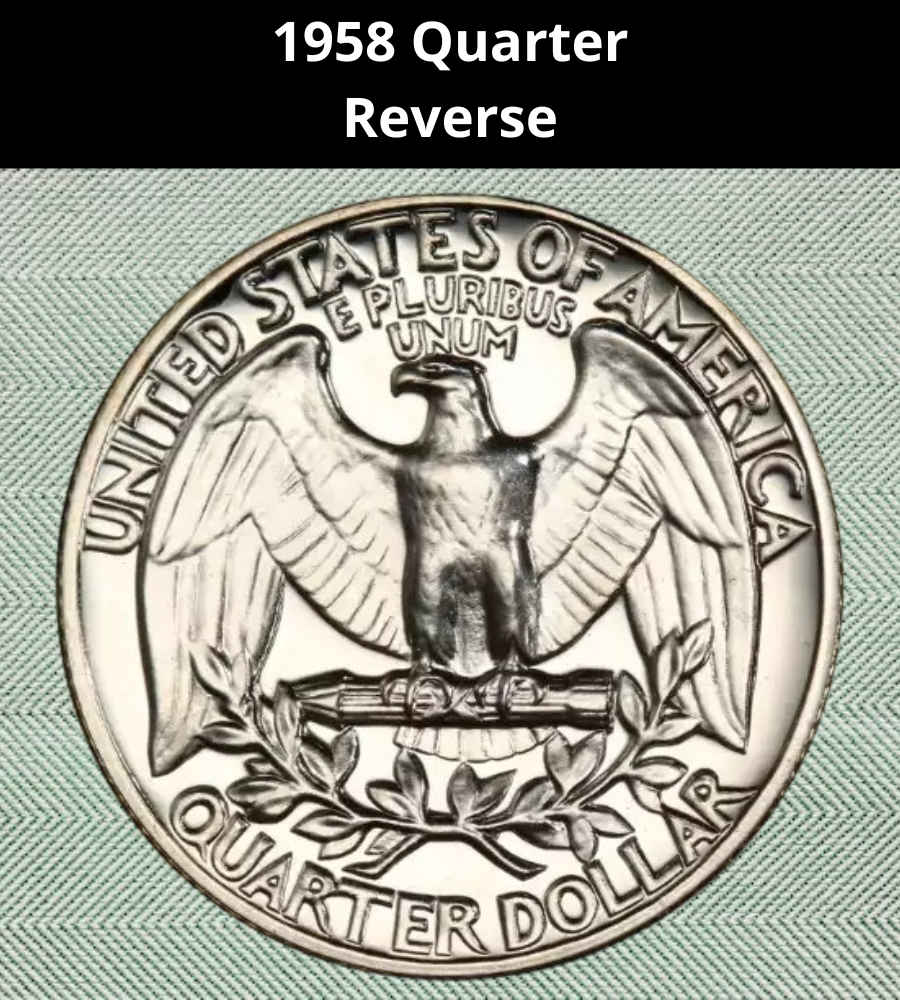
The reverse also bears Flanagan’s work, displaying a heraldic-style eagle with outstretched wings, perched on a bundle of arrows. Below, an olive branch spreads along the rim, symbolizing peace balanced with readiness for defense.
Additional inscriptions include:
- UNITED STATES OF AMERICA around the upper rim.
- E PLURIBUS UNUM (Latin for “Out of many, one”) directly above the eagle’s head.
- QUARTER DOLLAR curving along the lower rim.
If your coin carries a mint mark, it appears just beneath the olive branch and above the “R” in DOLLAR. A small D indicates Denver. Coins with no mint mark were struck in Philadelphia, which did not use mint marks in 1958.
Other Features of the 1958 Quarter
- Composition: 90% silver, 10% copper.
- Weight: 6.25 g (0.20094 troy ounces).
- Silver Content: 5.623 g (0.1808 troy ounces).
- Diameter: 24.3 mm (0.9567 inches).
- Thickness: 1.75 mm (0.0687 inches).
- Edge: Reeded, with parallel grooves to deter coin clipping—a centuries-old method of shaving off small amounts of precious metal.
These dimensions and composition make the 1958 quarter part of the classic silver era, prized today for both its bullion content and its collectible history.
1958 Quarter Grading
Grading a 1958 quarter accurately is crucial, as even small differences in wear or surface preservation can mean the difference between a $6 circulated piece and a hundreds-of-dollars Mint State rarity. The key details to examine are Washington’s hair curls above the ear and the eagle’s breast feathers on the reverse.
| Grade | Obverse Details | Reverse Details | Value Impact |
|---|---|---|---|
| Good (G-4) | Washington’s portrait heavily worn, hair completely flat, lettering readable but soft. | Eagle’s wings and breast feathers worn nearly smooth, outline still visible. | Worth near silver melt value. |
| Fine (F-12) | Some separation in hair strands above the ear visible, though mostly flat. Motto and date remain bold. | Basic feather outlines visible, though center breast is flat. | Collectible but low premium. |
| About Uncirculated (AU-50 to AU-58) | Sharp portrait with only slight friction on cheekbone and hair curls. Most luster remains. | Eagle shows nearly full detail, with only light rub on breast feathers. | Strong premium over circulated examples. |
| Mint State (MS-60 to MS-65) | No wear, though may show bag marks on cheek or fields. Strong luster, sharper hair details. | Eagle’s feathers sharply defined, minimal contact marks. | Big jump in value, especially MS-65+. |
| Gem Mint State (MS-66 to MS-68) | Full hair curl detail, cheek clean and lustrous with almost no marks. Exceptional strike quality. | Eagle’s feathers fully separated, brilliant luster throughout. | Scarce condition rarity worth several hundred dollars or more. |
1958 Quarter Value Guides
1958 No Mint Mark Quarter Value
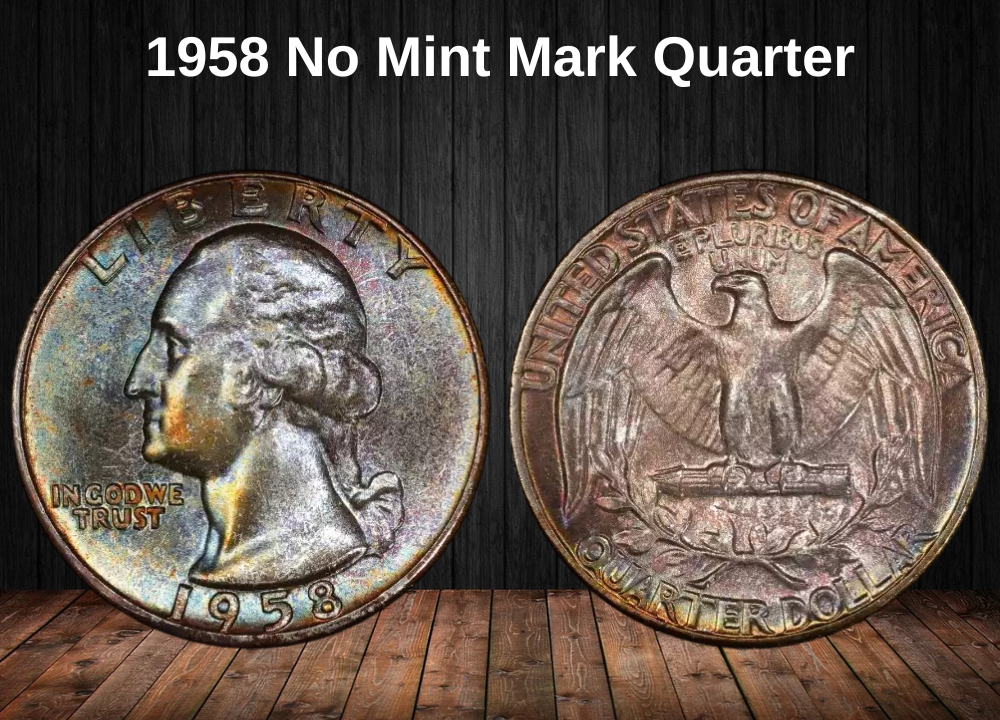
The 1958 No Mint Mark quarter, struck at the Philadelphia Mint, stands out as the lowest mintage business strike of the year, with only 6.36 million coins produced. Compared to the massive 78 million struck in Denver, the Philadelphia issue is far scarcer, particularly in higher grades.
Survival rates tell the story: only about 10% of the original mintage is thought to exist today. With 90% lost, melted, or heavily circulated, this variety has earned its place as one of the semi-key dates in the Washington quarter series. For collectors assembling date-and-mintmark sets, securing a well-preserved 1958-P is considered an essential milestone.
1958 No Mint Mark Quarter Price/Grade Chart
Price by 1–70 Grade (Latest Auction Records Included)
| Date | Auction House | Price | Grade |
|---|---|---|---|
| 04/25 | SB | $336 | 67 |
| 09/24 | SB | $65 | 67 |
| 06/24 | HA | $186 | 64 |
| 11/23 | HA | $1,080 | 68 |
| 08/23 | HA | $59 | 67 |
| 07/23 | HA | $124 | 67 |
| 04/23 | DL | $40 | 65 |
| 04/23 | HA | $79 | 67 |
| 04/23 | HA | $84 | 67 |
| 04/23 | HA | $99 | 67 |
1958-D Quarter Value
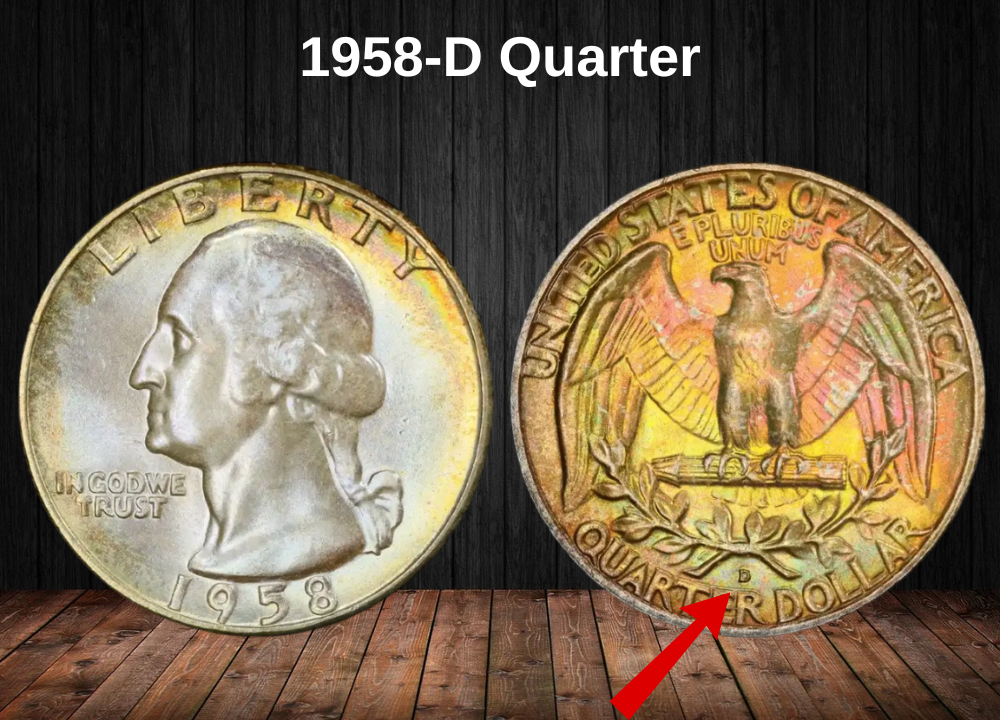
The 1958-D quarter, struck at the Denver Mint, served as the workhorse of the series with an enormous mintage of 78 million coins—the highest of the year. This abundance makes it the most common and affordable variety of 1958 in circulated grades, often trading close to its silver content.
That said, collectors shouldn’t dismiss the Denver issue. In Mint State, especially in the upper ranges of MS67 and MS68, the 1958-D quarter becomes surprisingly scarce and highly desirable. Error varieties and condition rarities can also drive prices far beyond the norm, making this otherwise common issue an exciting prospect for sharp-eyed numismatists.
The “D” mint mark is clearly visible on the reverse, positioned just right of the eagle and above the “R” in DOLLAR, and remains easy to spot even on heavily circulated examples.
1958-D Quarter Price/Grade Chart
Price by 1–70 Grade (Latest Auction Records Included)
| Date | Auction House | Price | Grade |
|---|---|---|---|
| 04/25 | SB | $480 | 67 |
| 09/24 | SB | $45 | 66 |
| 06/24 | SB | $45 | 66 |
| 06/24 | SB | $660 | 63 |
| 05/24 | HA | $4,080 | 68 |
| 03/24 | HA | $3,360 | 68 |
| 02/24 | HA | $4,920 | 68 |
| 01/24 | HA | $141 | 67 |
| 01/24 | HA | $59 | 66 |
| 11/23 | LM | $1,821 | 67 |
1958 Proof Quarter Value
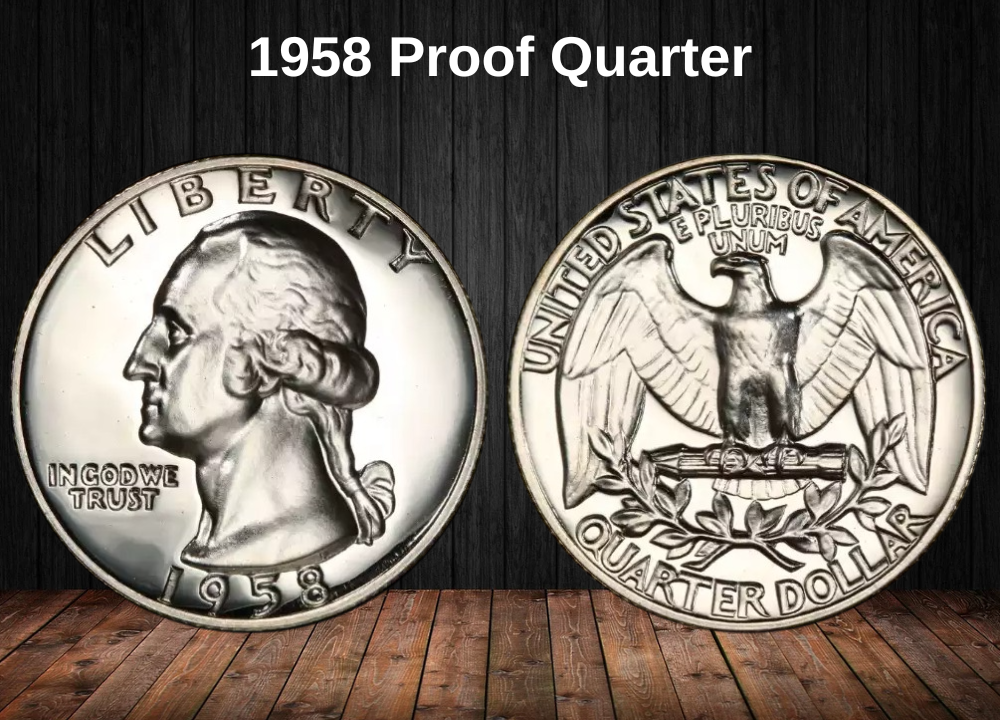
The 1958 Proof quarter, struck at the Philadelphia Mint, was crafted specifically for collectors using carefully polished dies and planchets. The result is a coin with brilliant, mirror-like fields and sharp design details that set it apart from regular circulation strikes.
With a mintage of 875,652 proofs, 1958 marked a significant production run for the era. This relatively high output ensured that many examples survived, with an estimated 40% survival rate, making the date more available than earlier proof quarters.
However, while common in lower proof grades, top-quality specimens with pristine preservation are increasingly scarce. Many have suffered from decades of poor storage, resulting in hazing, spotting, or diminished contrast. Coins with flawless surfaces and deep reflectivity remain in high demand among serious proof collectors.
1958 Proof Quarter Price/Grade Chart
Price by 1–70 Grade (Latest Auction Records Included)
| Date | Auction House | Price | Grade |
|---|---|---|---|
| 08/23 | HA | $129 | 69 |
| 08/23 | SB | $100 | 67 |
| 05/23 | HA | $69 | 69 |
| 10/21 | HA | $94 | 69 |
| 05/21 | HA | $104 | 69 |
| 05/21 | DL | $26 | 66 |
| 05/21 | HA | $89 | 69 |
| 08/19 | DL | $20 | 66 |
| 08/18 | DL | $40 | 68 |
| 03/17 | HA | $69 | 67 |
1958 CAM Quarter Value
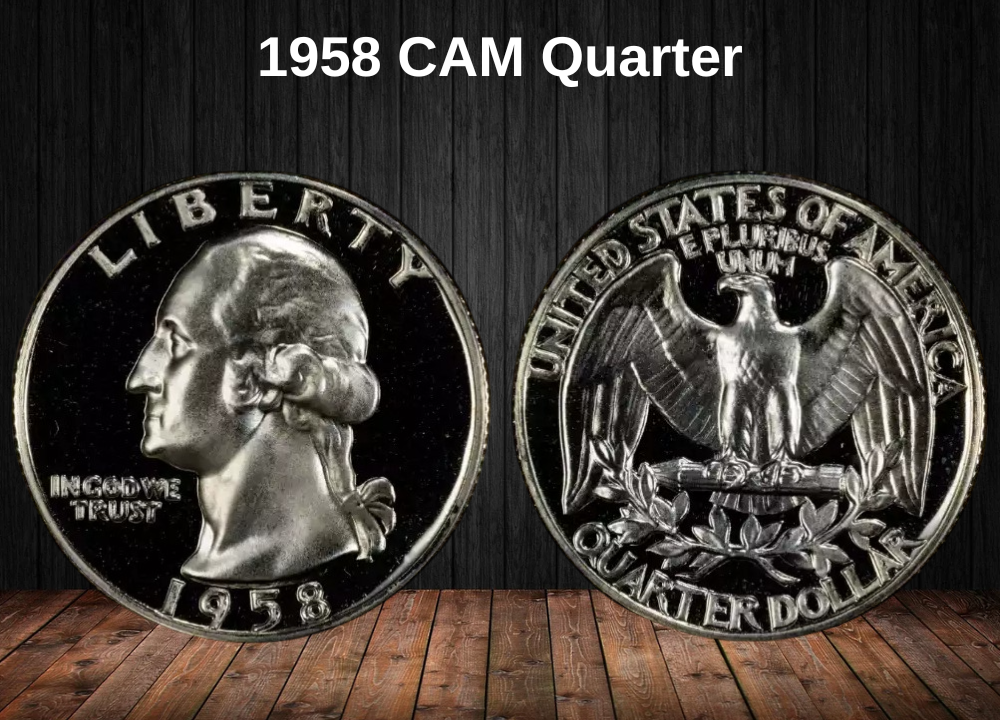
The 1958 Cameo (CAM) quarter represents a premium subset of proof production, showcasing frosted devices contrasted against deeply mirrored fields. This striking visual effect was achieved through meticulous die preparation and polishing, though not all proofs struck that year qualified for cameo status.
Only about 14.8% of the original 875,652 proofs have survived with sufficient contrast to earn the Cameo designation, making them far scarcer than regular proofs. The cameo effect dramatically enhances Washington’s portrait, giving it a near three-dimensional appearance, while the reverse eagle shines with enhanced separation and depth.
For collectors, the 1958 CAM quarter serves as the bridge between standard proofs and the ultra-rare Deep Cameo (DCAM) examples—accessible enough to find, but rare enough to command consistent premiums.
1958 CAM Quarter Price/Grade Chart
Price by 1–70 Grade (Latest Auction Records Included)
| Date | Auction House | Price | Grade |
|---|---|---|---|
| 09/24 | SB | $145 | 68 |
| 06/23 | HA | $77 | 68 |
| 11/22 | HA | $69 | 68 |
| 06/22 | HA | $71 | 68 |
| 11/21 | SB | $40 | 67 |
| 11/20 | HA | $133 | 68 |
| 07/20 | HA | $408 | 69 |
| 05/19 | HA | $79 | 68 |
| 01/19 | HA | $336 | 69 |
| 10/18 | DL | $51 | 67 |
1958 DCAM Quarter Value
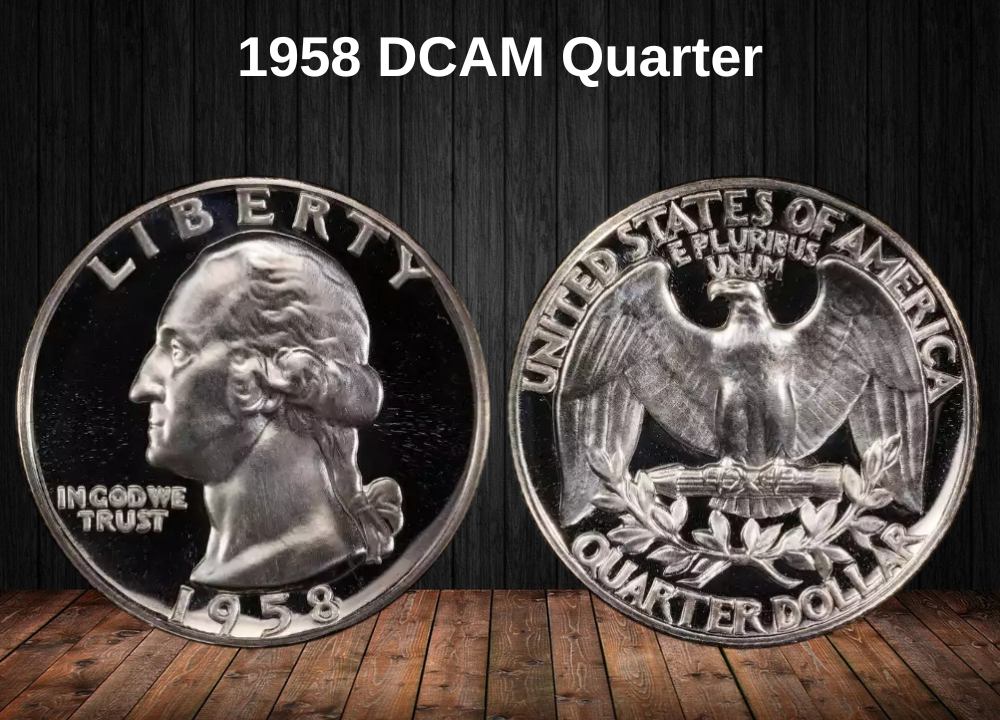
The 1958 Deep Cameo (DCAM) quarter represents the ultimate achievement in proof coin production, displaying dramatic black-and-white contrast where Washington’s frosted portrait and the heraldic eagle seem to leap from deeply mirrored fields.
Only coins with exceptional contrast quality qualify for the DCAM designation, making them extraordinarily rare. With a survival rate of just 2.855% of the original 875,652 proofs, only about 25,000 true DCAM specimens are believed to exist today.
This rarity, combined with the breathtaking visual appeal of fully frosted devices, elevates the 1958 DCAM quarter into the top tier of Washington quarter collectibles. For many specialists, these coins embody the pinnacle of 1950s proof craftsmanship.
1958 DCAM Quarter Price/Grade Chart
Price by 1–70 Grade (Latest Auction Records Included)
| Date | Auction House | Price | Grade |
|---|---|---|---|
| 07/23 | HA | $276 | 68 |
| 04/22 | HA | $228 | 68 |
| 11/21 | SB | $139 | 67 |
| 09/20 | HA | $480 | 69 |
| 08/19 | HA | $264 | 68 |
| 04/18 | HA | $156 | 67 |
| 08/17 | HA | $216 | 67 |
Rare 1958 Quarter Errors List
1. 1958 (P) No Mint Mark Quarter – Full First Struck Brockage of Obverse on Reverse
One of the most spectacular minting errors possible is the full brockage, where a coin ends up with a mirror-image impression of the obverse design on its reverse.
This happens when a freshly struck coin sticks to the obverse die and is then pressed into the next blank planchet. The result is a dramatic incuse and reversed image of Washington’s portrait on the reverse—creating the surreal effect of Washington appearing on both sides of the coin, with the reverse portrait mirrored and backwards.
In 1958, this error occurred on a proof quarter struck at the Philadelphia Mint, creating a once-in-a-lifetime variety. The piece was later certified by PCGS as PR62 and realized an astonishing $12,000 at auction, cementing its status as one of the most remarkable Washington quarter mint errors of the silver era.
Collector Insight
Full brockage errors are exceedingly rare on proof coinage, since proofs underwent higher scrutiny and careful handling. The survival of this 1958 example makes it a true numismatic trophy for both Washington quarter specialists and mint error collectors.
2. 1958 (P) No Mint Mark Quarter – Struck on a Nickel Planchet
Occasionally, the wrong planchet finds its way into the coin press, creating dramatic and highly collectible mint errors. In 1958, one such mistake occurred at the Philadelphia Mint when a Washington quarter was struck on a Jefferson nickel planchet instead of the correct silver quarter planchet.
Because the nickel planchet is smaller in both diameter and weight, the quarter design could not fit entirely onto its surface. The tips of LIBERTY and the very bottoms of the date numerals were cut off, leaving a visibly incomplete strike. The coin also weighed only 5.0 grams, noticeably lighter than the standard 6.3 grams for a silver quarter.
This unusual error was certified by NGC at MS64, just shy of gem condition. When offered at auction, it realized just under $900, reflecting strong collector demand for off-metal errors, especially from the silver era.
Collector Insight
Off-metal errors like this offer a dramatic visual impact and a tangible connection to the minting process. For Washington quarter enthusiasts, a 1958 struck on a nickel planchet represents one of the most intriguing misstrikes of the year.
Where to Sell Your Quarter Coin?
Now that you know the value of your quarter, the next step is deciding where to sell it. There are several trusted options—both online and in person—that can help you get the best price depending on your coin’s rarity and condition.
To see the full list of recommended places, along with their advantages and disadvantages, check our complete guide on where to sell your quarter coins.
FAQ About the 1958 Washington Quarter
1. Why is the 1958 Quarter significant to collectors?
The 1958 Washington Quarter, struck in 90% silver, comes from the late 1950s when mintages were high, making most examples common. While it isn’t a key rarity, it holds value for collectors completing pre-1965 silver quarter sets.
2. Which mints produced the 1958 Quarter?
It was struck at only two mints: Philadelphia (no mint mark) and Denver (“D”). No San Francisco quarters were produced this year, which simplifies the date set for collectors.
3. Are there notable varieties or errors for the 1958 Quarter?
Yes. The most desirable are Repunched Mintmarks (RPMs) on Denver issues and a few Doubled Die Obverses (DDOs), though they are scarcer than in some earlier years. Collectors also look for misstrikes like off-center coins and clipped planchets.
4. How much is a 1958 Quarter worth today?
Circulated examples usually bring $5–$15, close to their silver melt value. Mint State coins (MS65) range from $75–$200, while superb gems (MS67+) can exceed $1,000. Rare RPM or DDO varieties certified in high grade may sell for several thousand dollars.
5. What should collectors look for in a 1958 Quarter?
Focus on Denver issues for RPMs and potential doubling. Sharp strikes with well-defined hair on Washington and strong eagle feathers command premiums. Original mint luster and natural toning add desirability. Certification by PCGS or NGC is recommended for high-value examples and error coins.

